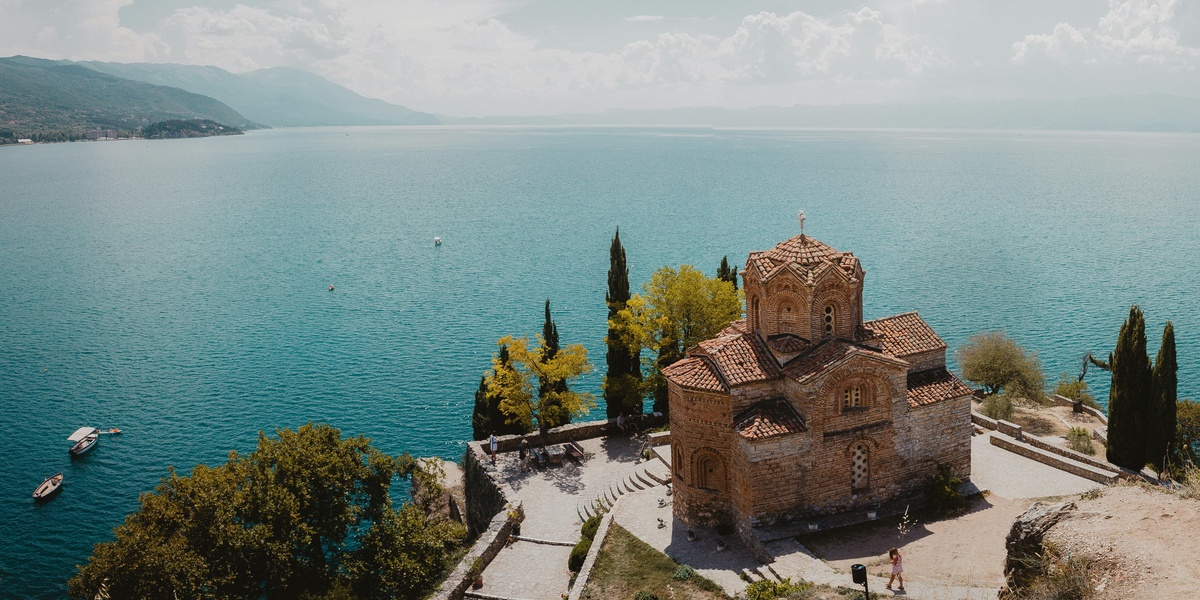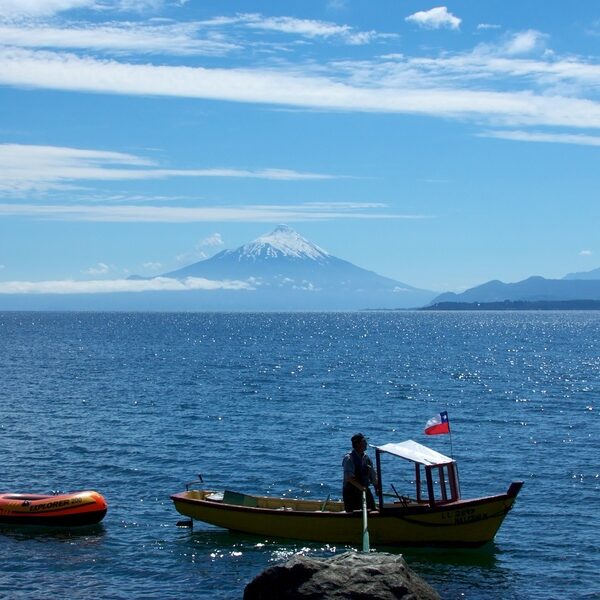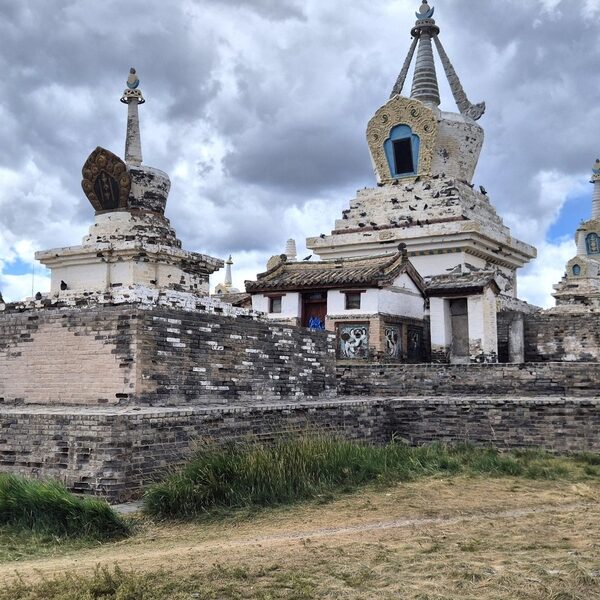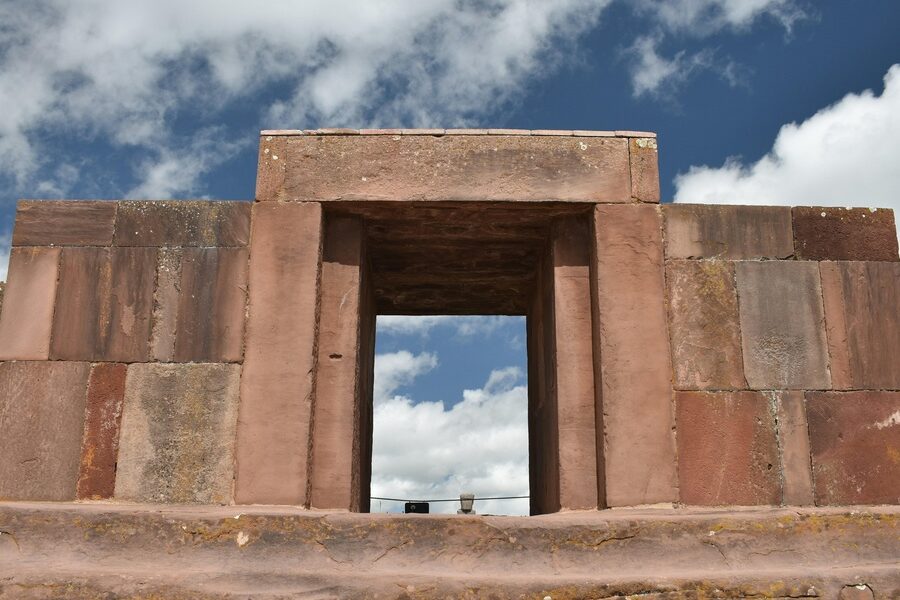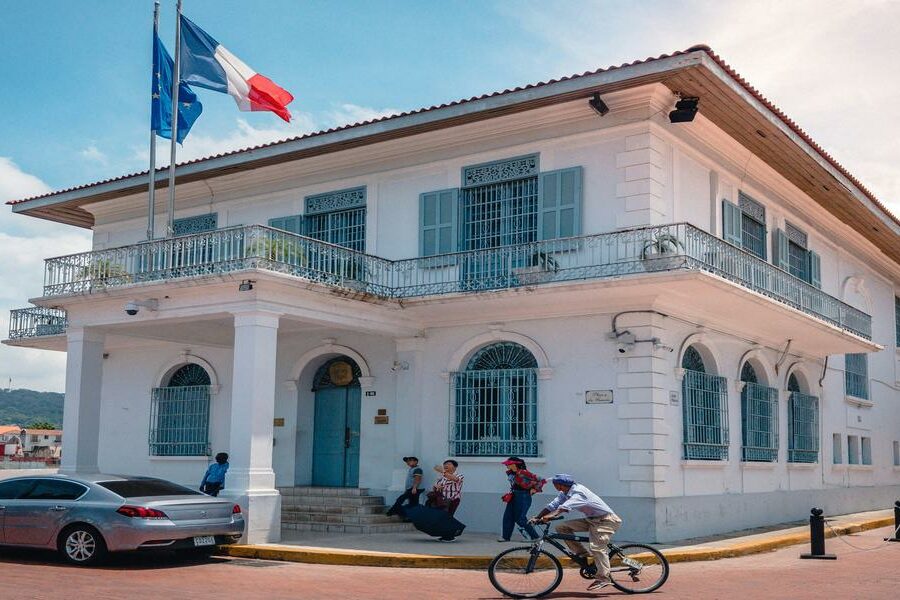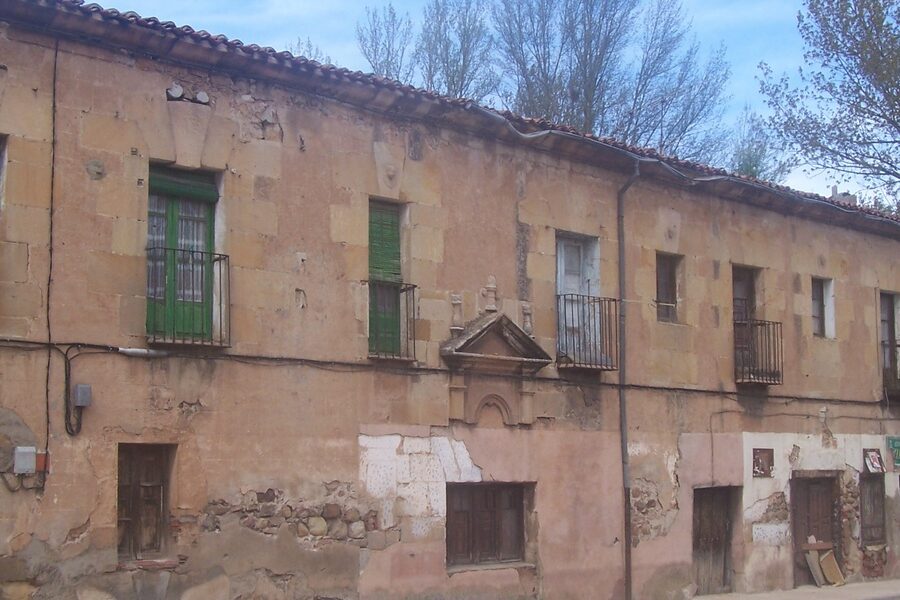North Macedonia’s towns and countryside carry layers of history — Byzantine churches, Ottoman tekkes, Roman ruins and 19th-century streets each mark different eras and communities. Walking these sites gives a clear sense of how the region’s culture and borders have shifted over time.
There are 61 Historical Places in North Macedonia, ranging from Arabati Baba Teḱe to Širok Sokak; entries use Location (city/region),Era (period/century),Notability so you can compare dates and significance, and you’ll find below.
Which sites can I realistically visit in a one-day trip?
Pick a single city or nearby cluster: Skopje’s Old Bazaar and nearby monuments, Ohrid’s lakeside churches, or Bitola’s Širok Sokak and Roman ruins. Check opening hours and travel time between sites, prioritize by Era or Notability, and allow time for pauses — public transport and short guided walks make day visits straightforward.
How should I use the Location, Era and Notability columns to plan?
Start by filtering Location (city/region) for where you’ll be based, then choose Era (period/century) if you prefer antiquity, medieval, or Ottoman sites. Use Notability to spot unique features (architecture, events, or preservation) and combine that with maps and opening info to build a practical route.
Historical Places in North Macedonia
| Name | Location (city/region) | Era (period/century) | Notability |
|---|---|---|---|
| Arabati Baba Teḱe | Tetovo | Ottoman | A large, well-preserved Dervish monastery complex, representing unique Bektashi heritage. |
| Bargala | near Štip | Roman/Early Byzantine | Fortified city and episcopal see with remains of basilicas, a winery, and walls. |
| Bay of the Bones Museum | Lake Ohrid | Bronze Age | Authentic reconstruction of a prehistoric pile-dwelling settlement on its original underwater archaeological site. |
| Bezisten, Bitola | Bitola | Ottoman | A 16th-century covered market in the heart of the Old Bazaar. |
| Bigorski Monastery | Mavrovo National Park | Medieval-19th century | Famous for its spectacular wooden iconostasis, a masterpiece of Mijak woodcarving. |
| Čifte Hamam | Skopje | Ottoman | A 15th-century double bathhouse in the Old Bazaar, now used as an art gallery. |
| Church of St. Athanasius | Lešok, near Tetovo | Medieval-19th century | Part of the Lešok Monastery complex, a significant spiritual and cultural center. |
| Church of St. George, Kurbinovo | Lake Prespa | Byzantine | Home to the famous “Angel of Kurbinovo” fresco, a masterpiece of Komnenian art. |
| Church of St. John at Kaneo | Ohrid | Medieval | Iconic cliff-top church overlooking Lake Ohrid, a symbol of the country. |
| Church of St. Nicholas, Prilep | Prilep | Medieval | A 13th-century church with valuable frescoes located below Marko’s Towers. |
| Church of St. Panteleimon | Nerezi, near Skopje | Byzantine | Contains world-famous 12th-century frescoes, precursors to the Italian Renaissance style. |
| Church of St. Saviour | Skopje | Ottoman | Features a breathtaking, intricately carved walnut wood iconostasis from the 19th century. |
| Church of St. Sophia | Ohrid | Byzantine | One of North Macedonia’s most significant medieval monuments with magnificent 11th-century frescoes. |
| Church of the Holy Mother of God Peribleptos | Ohrid | Byzantine | A 13th-century church renowned for its detailed frescoes from the Palaeologan period. |
| Clock Tower, Bitola | Bitola | Ottoman | A prominent landmark of the city, built in the 17th century. |
| Clock Tower, Prilep | Prilep | 19th century | A symbol of the city, built in the early 19th century in the old bazaar. |
| Clock Tower, Skopje | Skopje | Ottoman | One of the first clock towers in the Ottoman Empire, located in the Old Bazaar. |
| Daut Pasha Hamam | Skopje | Ottoman | Grand 15th-century double bathhouse, now housing the National Gallery of North Macedonia. |
| Gazi Haydar Kadi Mosque | Bitola | Ottoman | A 16th-century mosque, believed to be a work of the famous architect Mimar Sinan. |
| Heraclea Lyncestis | near Bitola | Roman | Ancient Macedonian city founded by Philip II, known for its stunning Roman mosaics. |
| Ilinden Monument (Makedonium) | Kruševo | 20th century | A monument to the Ilinden Uprising, an iconic example of Yugoslav modernist architecture. |
| Isar Fortress, Štip | Štip | Medieval | Ruins of a medieval fortress on a hill overlooking the confluence of two rivers. |
| Isar Marvinci | near Valandovo | Antiquity | Major archaeological site with finds from the early Iron Age through the Roman period. |
| Ishak Çelebi Mosque | Bitola | Ottoman | One of the oldest preserved mosques in the country, a major landmark in Bitola. |
| Kapan An | Skopje | Ottoman | A 15th-century caravanserai in the Skopje Old Bazaar, now hosting restaurants and shops. |
| Kokino | near Kumanovo | Bronze Age | Megalithic observatory, recognized by NASA, used for tracking celestial bodies. |
| Kratovo | Kratovo | Medieval-Ottoman | Historic town in a volcanic crater, known for its medieval towers and bridges. |
| Kuršumli An | Skopje | Ottoman | Impressive and well-preserved former caravanserai, now part of the Museum of Macedonia. |
| Lešok Monastery | near Tetovo | Medieval | Historically significant monastery complex with churches of St. Athanasius and Holy Mother of God. |
| Lesnovo Monastery | near Probištip | Medieval | Founded in the 14th century, renowned for its well-preserved frescoes and iconostasis. |
| Markov Monastery | near Skopje | Medieval | A 14th-century monastery near Skopje with rich, well-preserved narrative fresco paintings. |
| Marko’s Towers | Prilep | Medieval | The fortress of medieval ruler Prince Marko, situated on a dramatic granite hill. |
| Matejče Monastery | near Kumanovo | Medieval | A 14th-century hilltop monastery with a monumental church known for its frescoes. |
| Matka Monastery (St. Andrew) | Matka Canyon, near Skopje | Medieval | A 14th-century monastery located in the scenic Matka Canyon, with important frescoes. |
| Memorial House of Mother Teresa | Skopje | 20th century | A modern memorial on the site of the church where Mother Teresa was baptized. |
| Monastery of Saint Naum | Lake Ohrid | Medieval | Founded by Saint Naum of Ohrid, with original frescoes and resident peacocks. |
| Monastery of St. George, Staro Nagoričane | near Kumanovo | Byzantine | A 14th-century church built by King Milutin with unique and valuable frescoes. |
| Mustafa Pasha Mosque | Skopje | Ottoman | A 15th-century Ottoman masterpiece, one of the most beautiful mosques in the country. |
| Old Bazaar, Bitola | Bitola | Ottoman | A well-preserved Ottoman marketplace with mosques, a covered market, and a clock tower. |
| Old Town of Ohrid | Ohrid | Antiquity-Ottoman | UNESCO site with ancient theatre, fortresses, and unique traditional architecture. |
| Osogovo Monastery | near Kriva Palanka | Medieval-19th century | Large monastery complex dedicated to Saint Joachim of Osogovo, an important pilgrimage site. |
| Plaošnik | Ohrid | Antiquity-Medieval | Archaeological complex, site of St. Clement’s university, the cradle of Slavic literacy. |
| Robevci House | Ohrid | 19th century | Prime example of 19th-century Ohrid architecture, now housing an archaeological museum. |
| Samuel’s Fortress | Ohrid | Medieval | Fortress of Tsar Samuel, ruler of the First Bulgarian Empire, offering panoramic city views. |
| Scupi | Skopje | Roman | Archaeological site of a Roman military camp, later a city and provincial capital. |
| Šarena Džamija (Painted Mosque) | Tetovo | Ottoman | Exceptionally decorated mosque with vibrant floral, geometric, and cityscape paintings inside and out. |
| Širok Sokak | Bitola | 19th century | Elegant pedestrian street, heart of the “City of Consuls,” with neoclassical architecture. |
| Skopje Fortress (Kale) | Skopje | Byzantine-Ottoman | Dominant fortress overlooking the city center and Vardar river, with a long history. |
| Skopje Old Bazaar | Skopje | Ottoman | One of the largest and best-preserved Ottoman bazaars in the Balkans. |
| Stobi | near Gradsko | Roman/Early Byzantine | The largest archaeological site in North Macedonia, a crossroads of ancient trade routes. |
| Stone Bridge | Skopje | Ottoman/Roman | Iconic city symbol connecting the old bazaar to the modern square, built on Roman foundations. |
| Strumica Fortress | Strumica | Medieval | Also known as Tsar’s Towers, a medieval fortress offering panoramic views over Strumica. |
| Styberra | near Prilep | Antiquity | Archaeological site of an ancient Macedonian city with significant ruins from the Roman period. |
| Suli An | Skopje | Ottoman | A 15th-century caravanserai in the Old Bazaar, now housing the Faculty of Fine Arts. |
| Tauresium | near Skopje | Roman/Early Byzantine | Fortified late Roman settlement, widely considered the birthplace of Emperor Justinian I. |
| Treskavec Monastery | near Prilep | Medieval | Secluded mountain monastery with precious Byzantine frescoes, set among dramatic rock formations. |
| Veljusa Monastery | near Strumica | Byzantine | A masterpiece of 11th-century Byzantine architecture and art, known for its unique church. |
| Vinica Fortress | Vinica | Roman/Medieval | Hilltop archaeological site famous for its unique collection of early Christian terracotta icons. |
| Vodoča Monastery | near Strumica | Byzantine-Medieval | An important monastic and episcopal center with churches from different historical periods. |
| Yeni Mosque, Bitola | Bitola | Ottoman | A 16th-century mosque, now an art gallery, known for its intricate interior decorations. |
| Zrze Monastery | near Prilep | Medieval | Perched on a cliff, a center for monasticism with notable 14th-century frescoes. |
Images and Descriptions
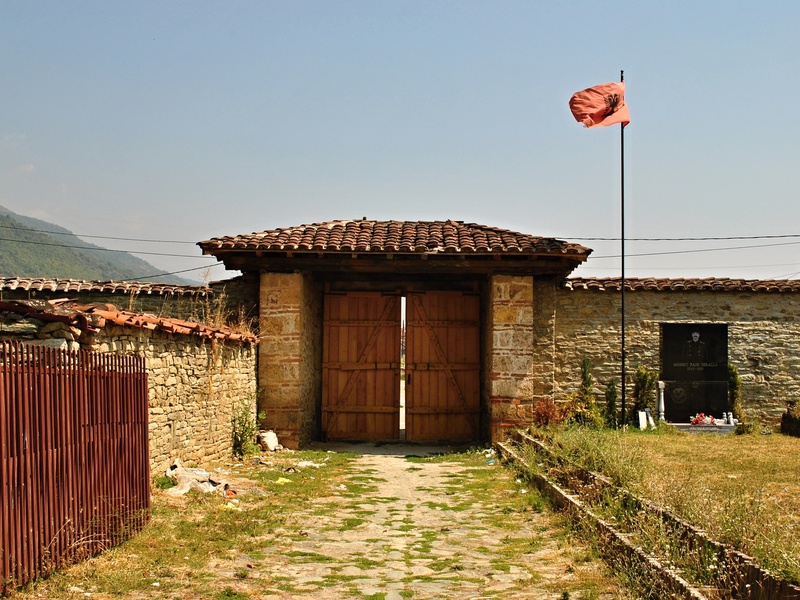
Arabati Baba Teḱe
A large 15th–16th century Bektashi tekké in Tetovo. It stands as an important Ottoman-era religious complex and community center with distinctive domes and courtyards. Include for its cultural and living heritage value.
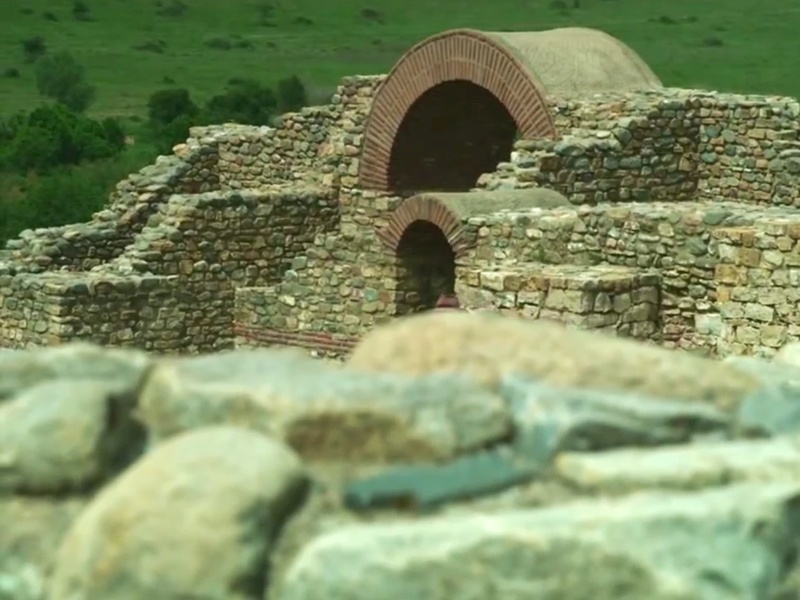
Bargala
A late Roman and early Byzantine town near Štip from the 4th–6th centuries. It preserves walls, streets, and church ruins that show urban life in late antiquity. Include for its archaeological insight into regional continuity.

Bay of the Bones Museum
A reconstructed prehistoric pile-dwelling settlement on Lake Ohrid dated to the Bronze Age. It offers wooden structures on platforms and displays of Neolithic life. Include for its unique lakeside archaeology and museum interpretation.
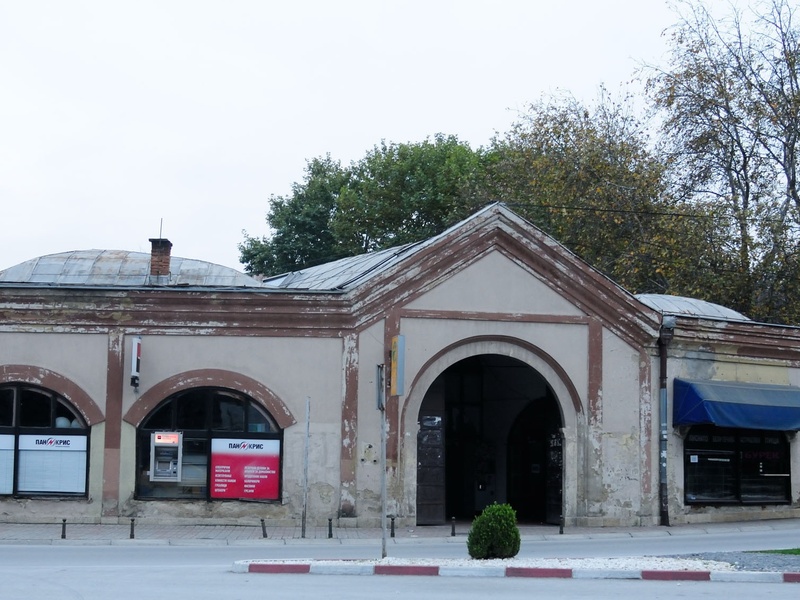
Bezisten, Bitola
A covered Ottoman market (bezisten) in Bitola’s historic center. It serves as a fine example of 15th–17th century commercial architecture and Ottoman urban life. Include for its role in the Old Bazaar ensemble.
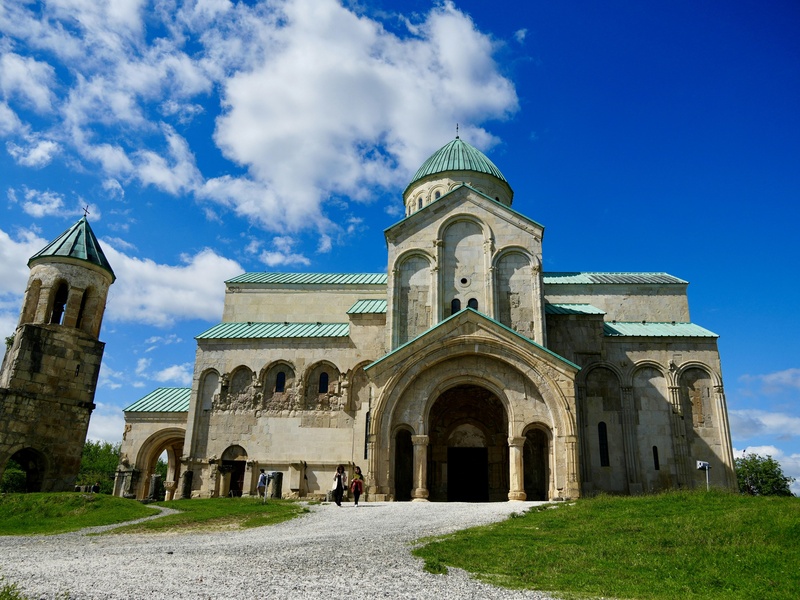
Bigorski Monastery
An Orthodox monastery near Debar founded in the 11th century and rebuilt in later periods. It is famous for its carved iconostasis and frescoes. Include for its spiritual role and well-preserved woodwork.
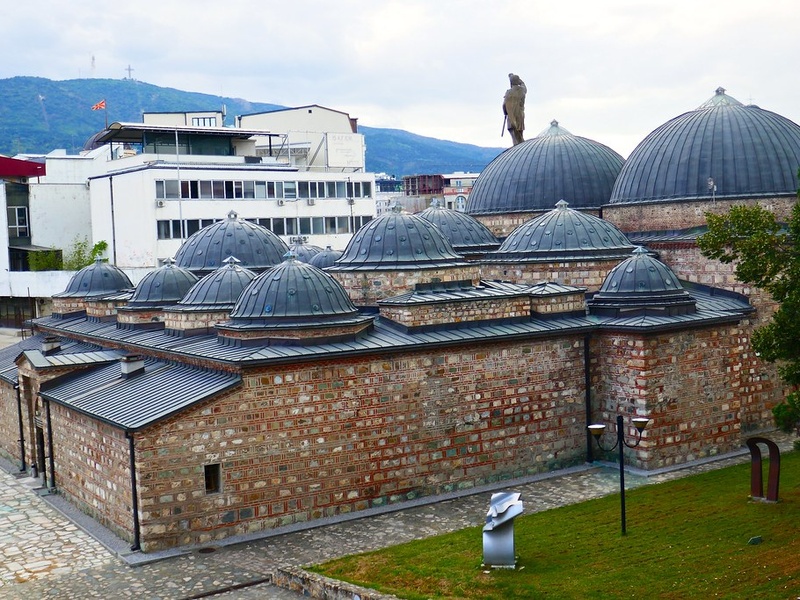
Čifte Hamam
A double hammam (bathhouse) in Ohrid from the Ottoman era. It retains the typical layout for men and women and Ottoman stonework. Include as part of Ohrid’s Ottoman heritage.
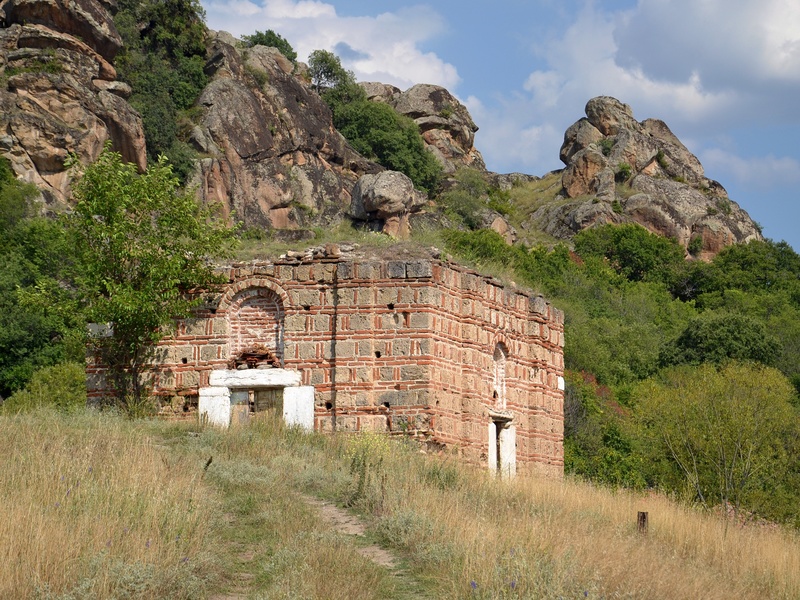
Church of St. Athanasius
A medieval church near Vevčani or in Ohrid region known for Byzantine-era frescoes. It represents regional ecclesiastical art and architecture. Include for its fresco cycles and historical value.
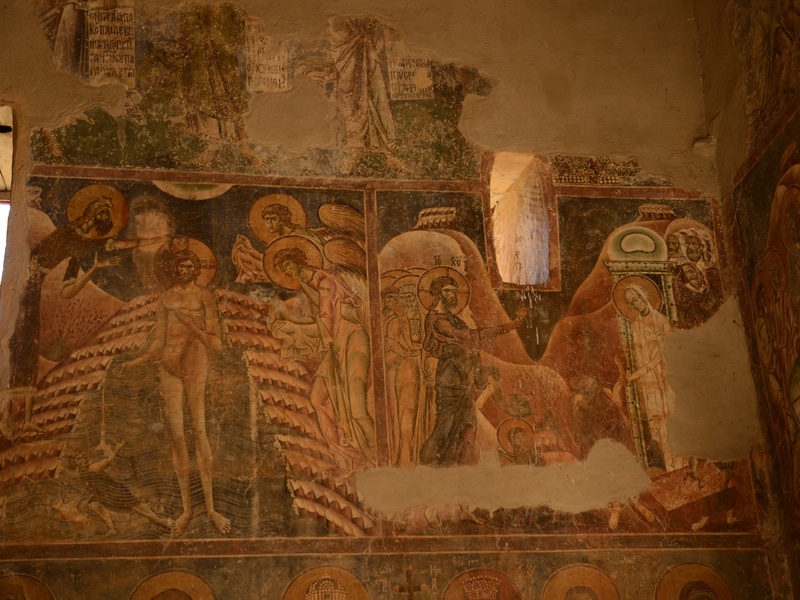
Church of St. George, Kurbinovo
An 11th-century Byzantine church famed for vivid frescoes and inscriptions. It preserves one of the best examples of Macedonian medieval painting. Include for its high artistic and historic importance.
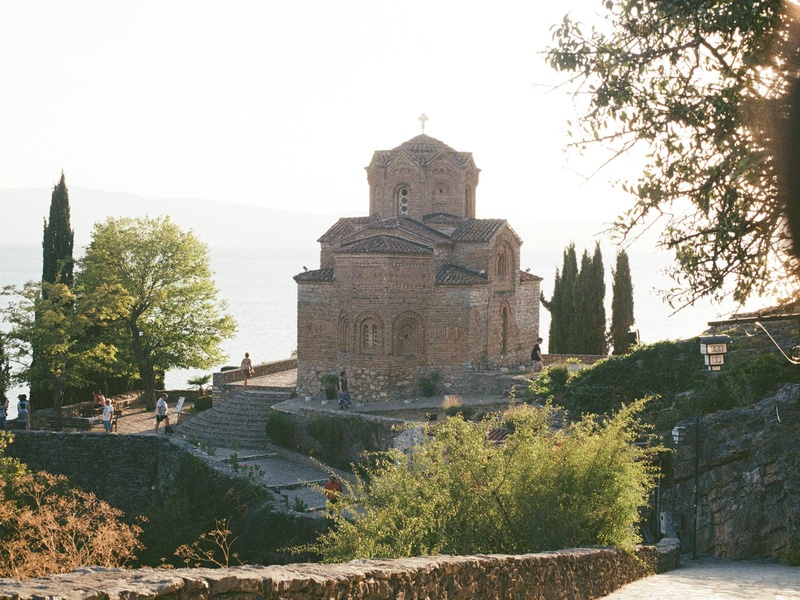
Church of St. John at Kaneo
A small 13th–14th century church on a cliff above Lake Ohrid. It combines Byzantine and local styles and offers dramatic lake views. Include for its iconic setting and late Byzantine frescoes.
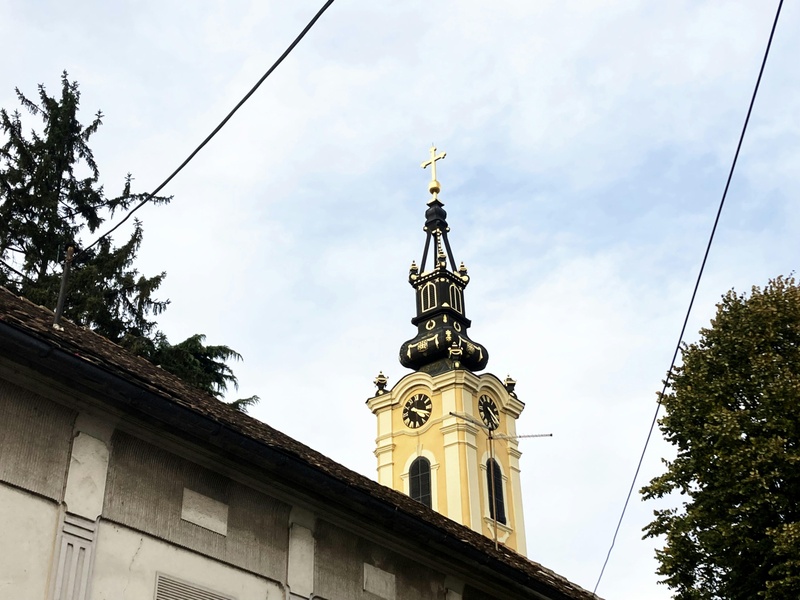
Church of St. Nicholas, Prilep
A medieval church associated with the Prilep region, noted for frescoes and local history. It reflects the late Byzantine and Serbian medieval influence. Include for its regional artistic significance.
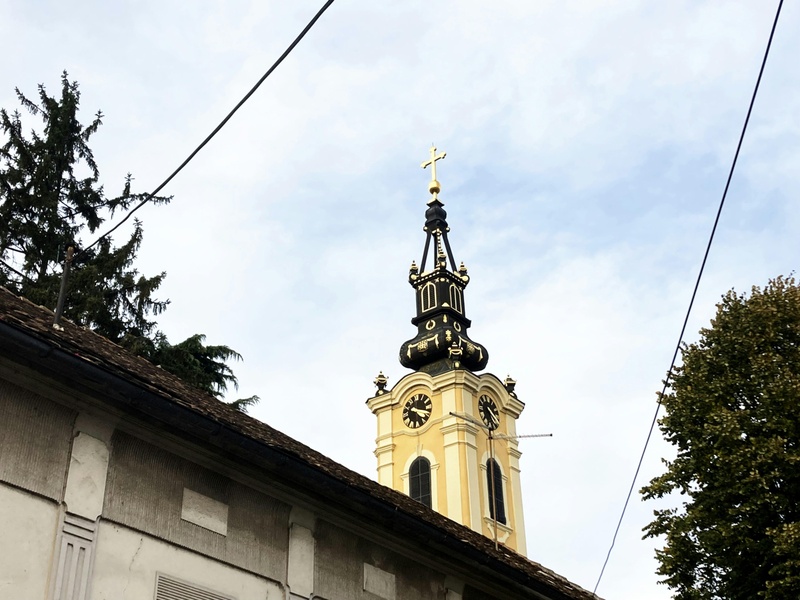
Church of St. Panteleimon
A significant medieval church often linked with Ohrid and other sites, dating to the 9th–12th centuries. It houses important frescoes and relic traditions. Include for its role in Orthodox Christian history.
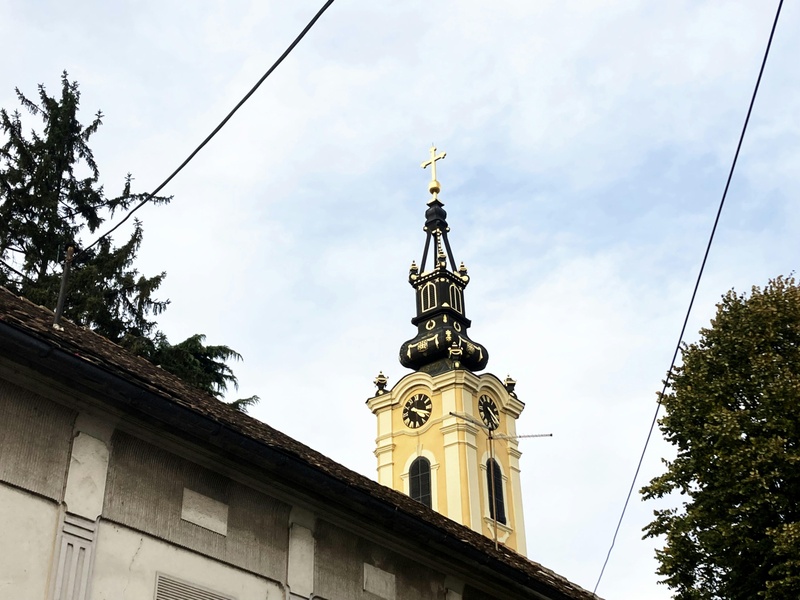
Church of St. Saviour
A medieval church found in several towns, often with preserved frescoes and early foundations. It represents the spread of Byzantine religious architecture in the region. Include for its architectural and devotional history.
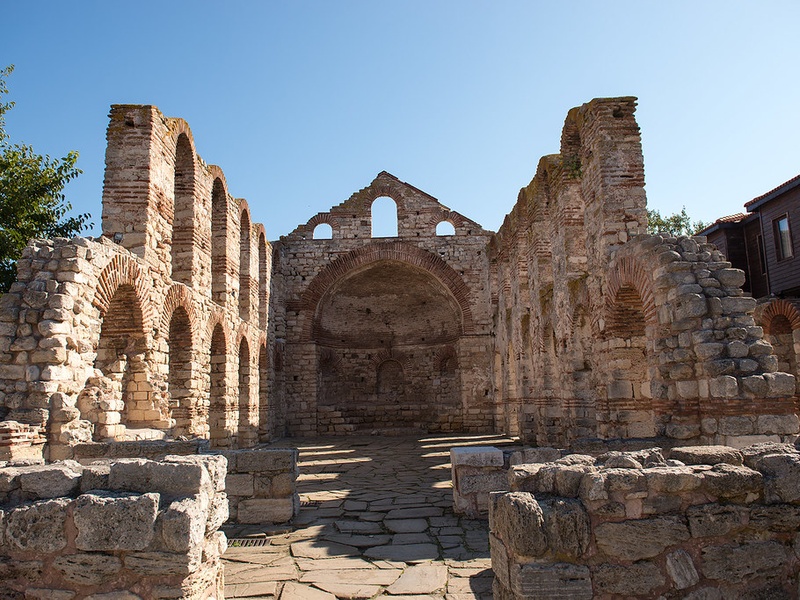
Church of St. Sophia
A major cathedral in Ohrid from the 9th–11th centuries with rich fresco decoration. It served as a key bishopric and later monastery. Include for its central role in Ohrid’s ecclesiastical past.
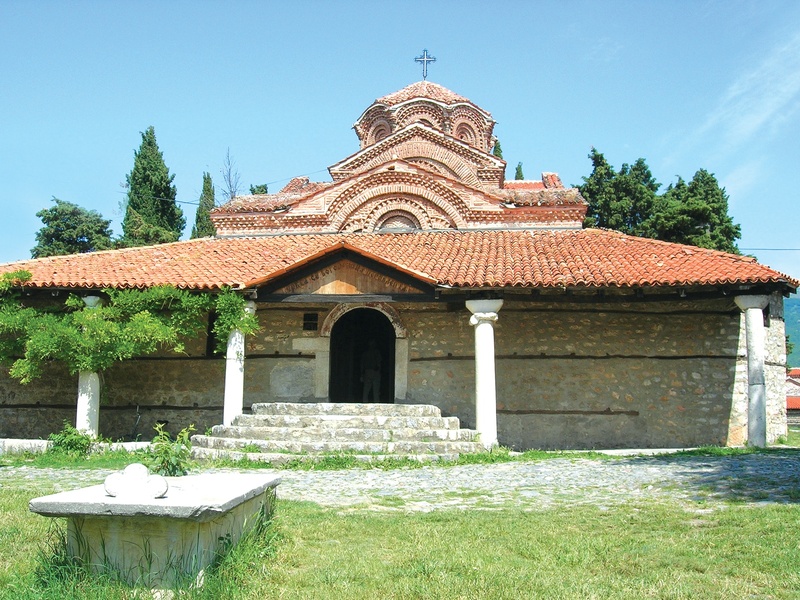
Church of the Holy Mother of God Peribleptos
A 13th–14th century monastery church in Ohrid known for extensive frescoes. It illustrates late Byzantine art and monastic life. Include for its artistic and historical prominence.
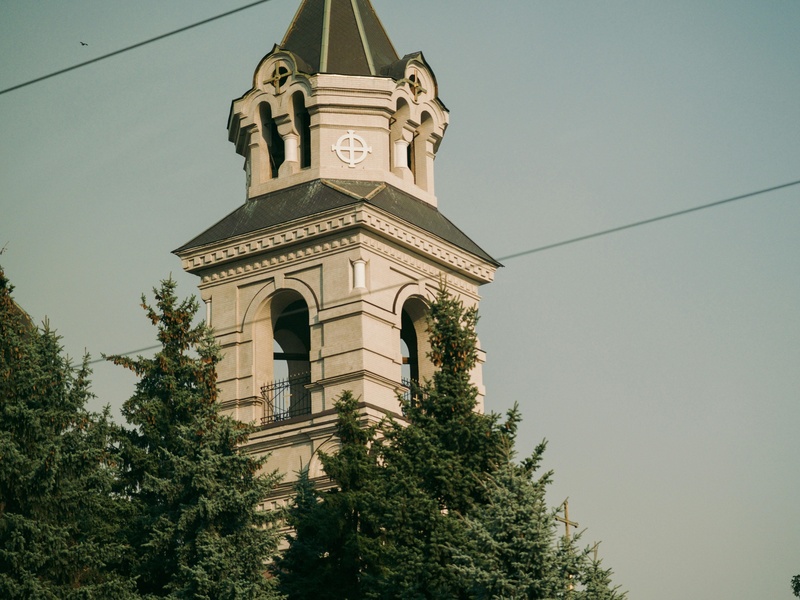
Clock Tower, Bitola
A landmark Ottoman-era clock tower in Bitola’s main square. It marks the town center and reflects 19th-century urban identity. Include for its role in civic life and local landmark value.
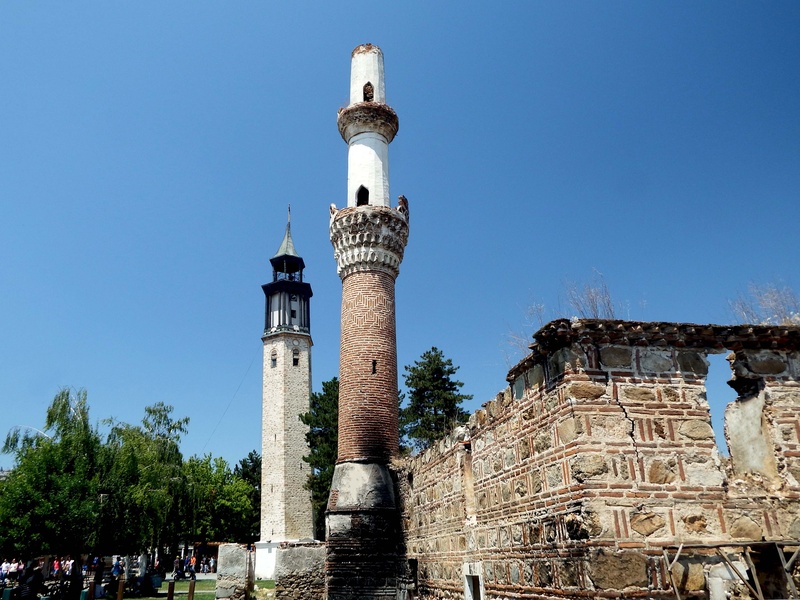
Clock Tower, Prilep
A central tower in Prilep that served as a civic timepiece in Ottoman and modern times. It anchors the town square and local memory. Include as a symbol of urban continuity.
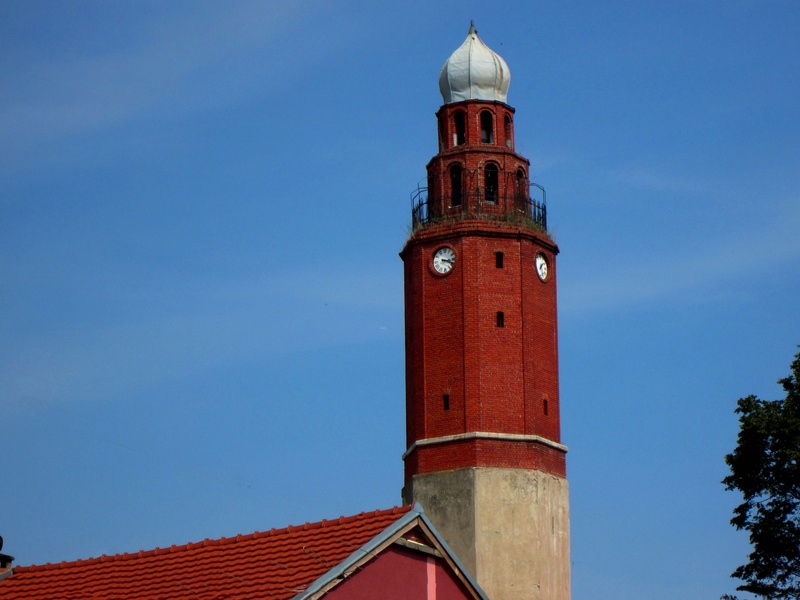
Clock Tower, Skopje
A prominent clock tower near the Old Bazaar in Skopje dating to Ottoman times. It forms part of the historic skyline and communal life. Include for its association with the bazaar quarter.
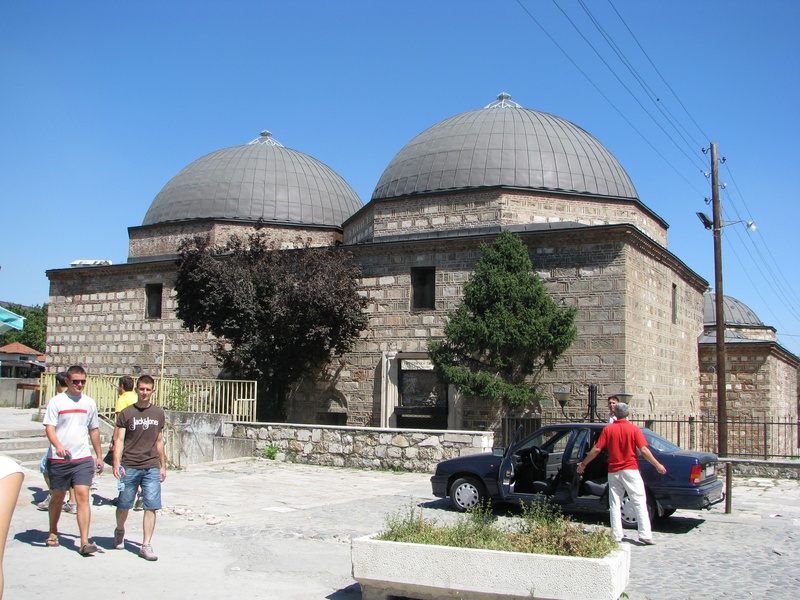
Daut Pasha Hamam
A well-preserved 15th-century Ottoman bath in Skopje’s Old Bazaar. It now serves as an art gallery and cultural venue. Include for its architecture and adaptive reuse.
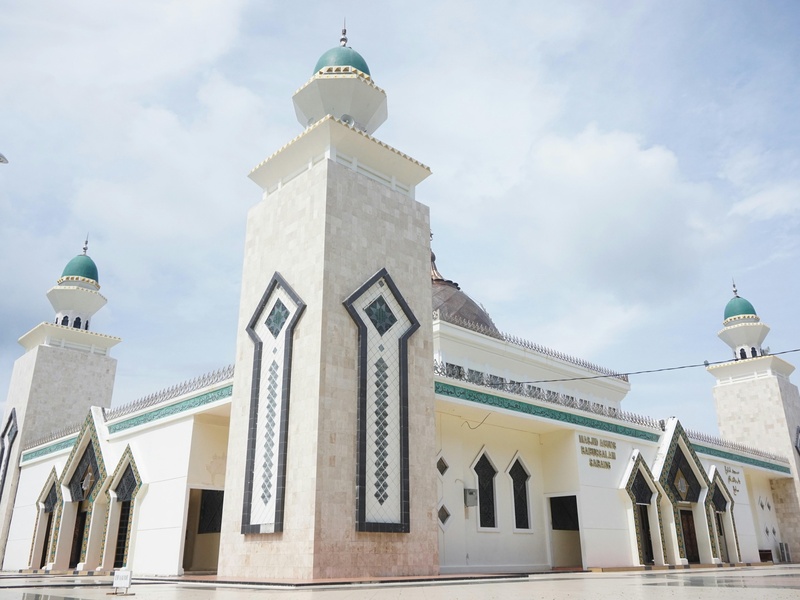
Gazi Haydar Kadi Mosque
A 15th–16th century mosque in Bitola built during the Ottoman period. It demonstrates classical Ottoman mosque design and town patronage. Include for its religious and architectural heritage.
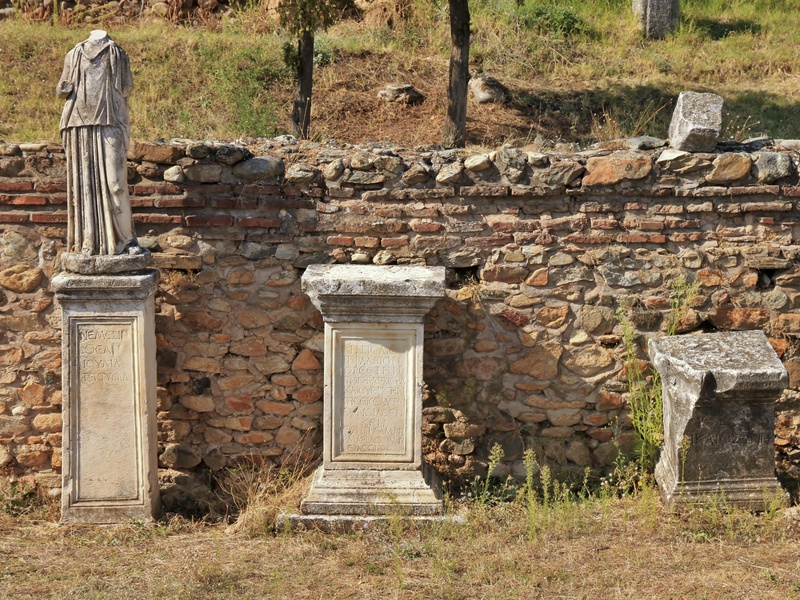
Heraclea Lyncestis
An ancient Macedonian city founded by Philip II in the 4th century BC near Bitola. It preserves theatre, mosaics, and Roman-period ruins. Include for its long historical span from Hellenistic to early Byzantine times.
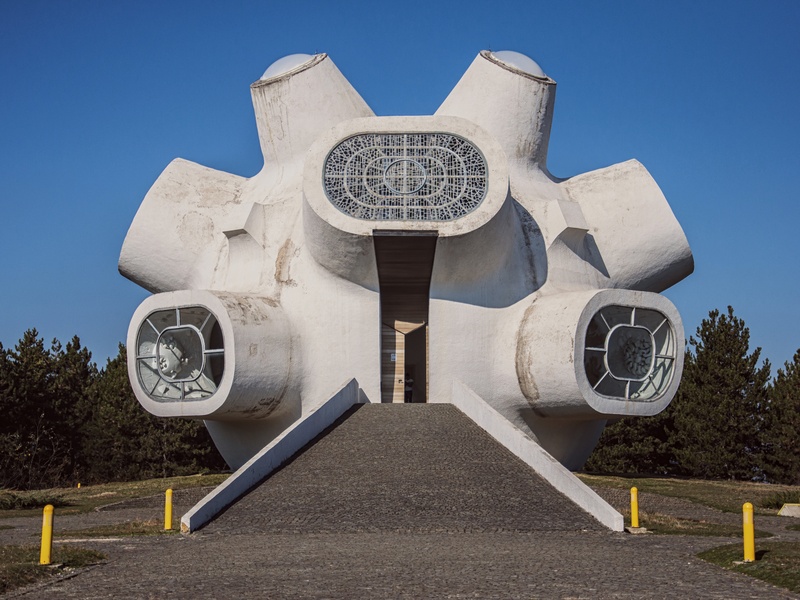
Ilinden Monument (Makedonium)
A 1970s monument near Kruševo commemorating the 1903 Ilinden Uprising. It features modernist architecture and exhibits on revolutionary history. Include for its national historical symbolism.
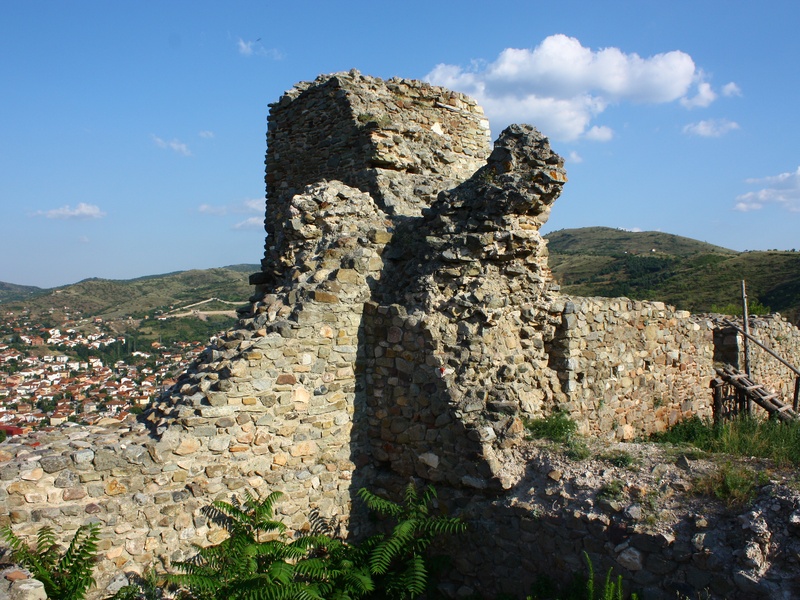
Isar Fortress, Štip
A medieval and later fortress overlooking Štip with layered fortifications. It shows strategic importance from Byzantine to Ottoman times. Include for its commanding views and historic role.
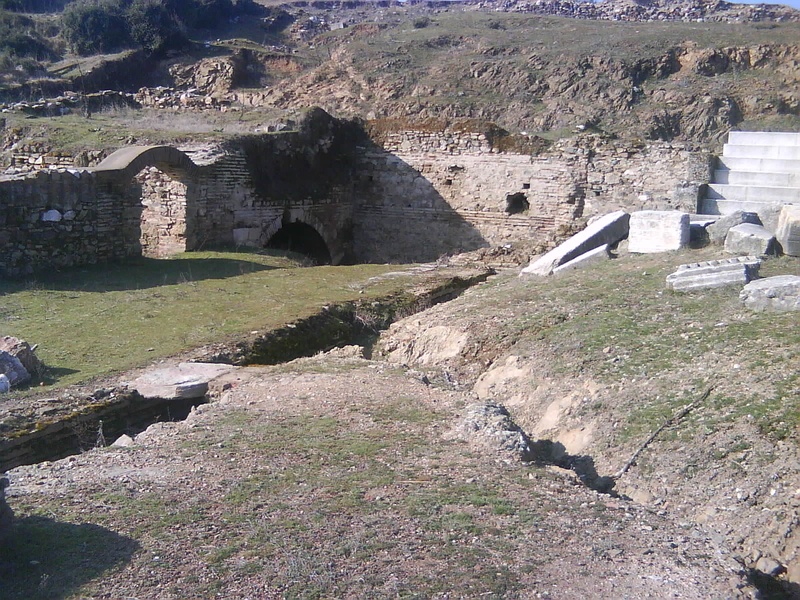
Isar Marvinci
An archaeological site of a Roman and early Byzantine fortress near Veles. It contains wall remains and burial sites that show imperial-era settlement. Include for its archaeological evidence of regional control.
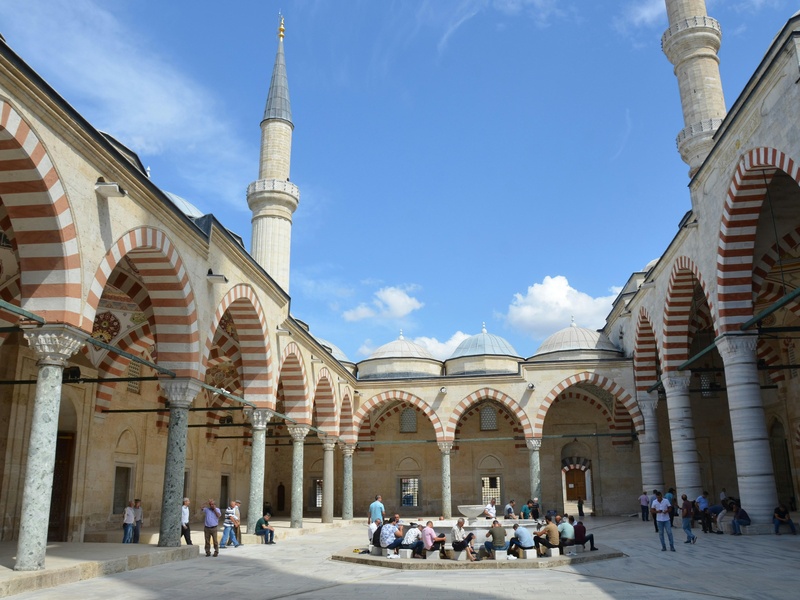
Ishak Çelebi Mosque
An Ottoman mosque in Skopje or regional center named for a local patron. It displays Ottoman religious architecture and urban presence. Include for its contribution to the Old Bazaar ensemble.
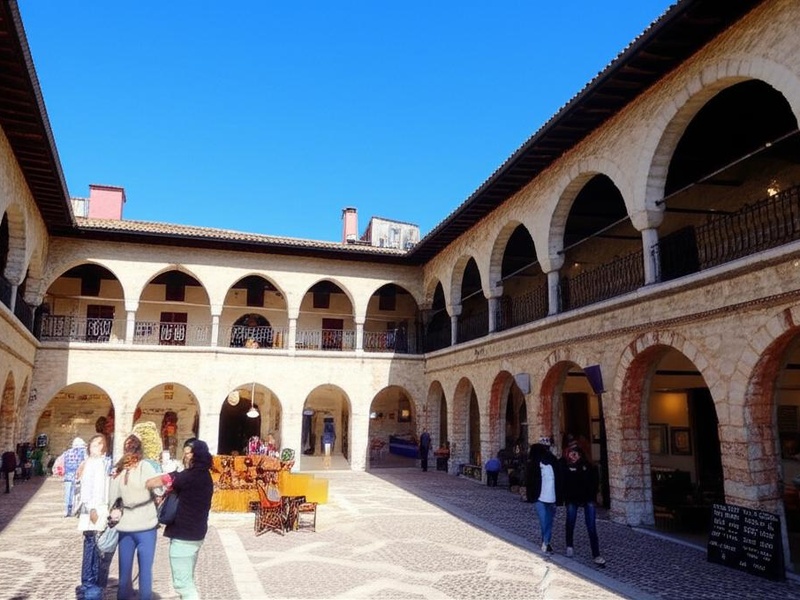
Kapan An
A historic Ottoman caravanserai (inn) in Ohrid or another town that served travelers and traders. It preserves courtyard architecture and storage spaces. Include for its role in historic trade networks.
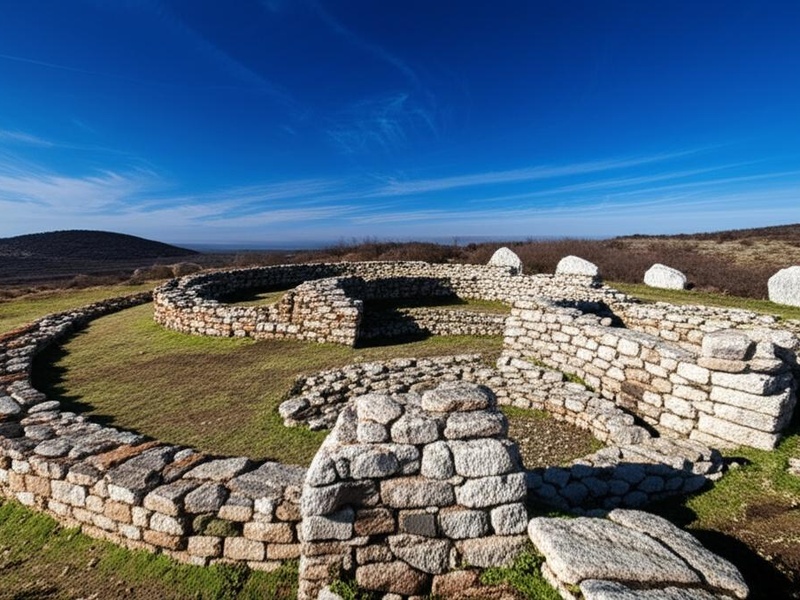
Kokino
A Bronze Age megalithic observatory and archaeological site in northeastern North Macedonia. It contains carved stones aligned with celestial events and dates to about 1900–900 BCE. Include for its prehistoric astronomy and UNESCO interest.
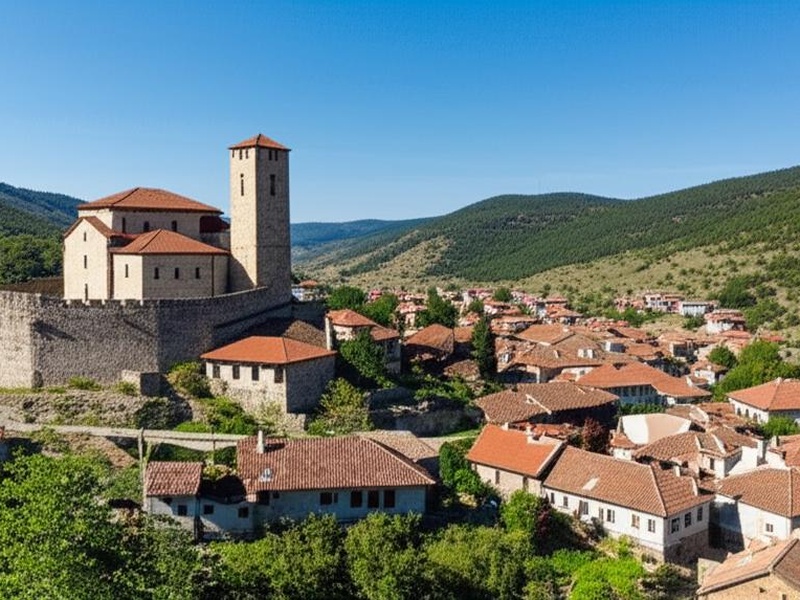
Kratovo
A medieval mining town with volcanic crater setting and stone towers. It preserves Ottoman-era houses, bridges, and towers tied to metallurgical history. Include for its unusual urban form and mining heritage.
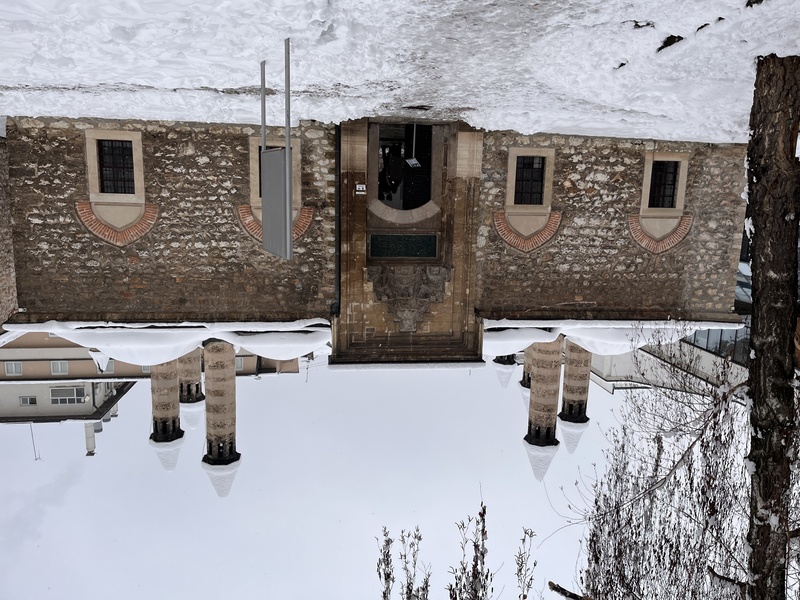
Kuršumli An
A large Ottoman caravanserai complex in Skopje that once housed travellers and craftsmen. It forms part of the Old Bazaar’s historic core. Include for its scale and preserved Ottoman architecture.
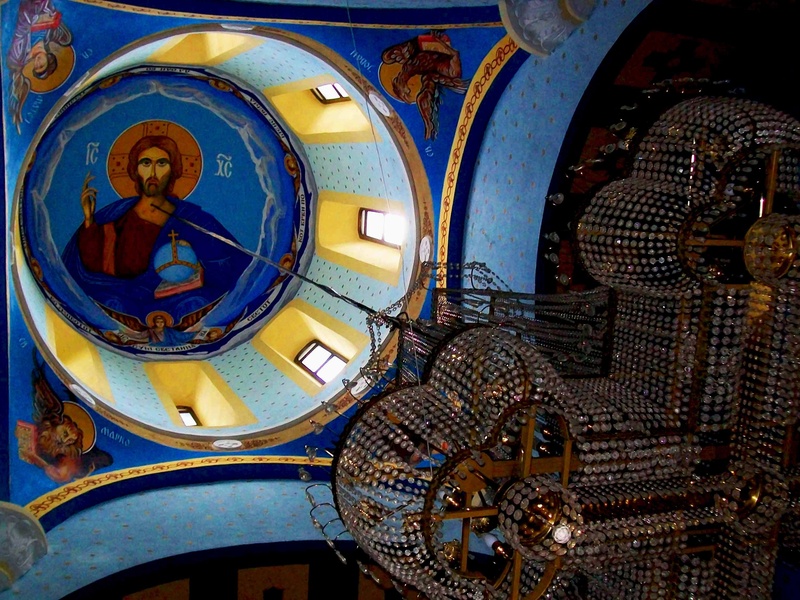
Lešok Monastery
An Orthodox monastery near Tetovo with medieval origins and notable iconography. It retains frescoes and a historic monastic complex. Include for its spiritual and artistic traditions.
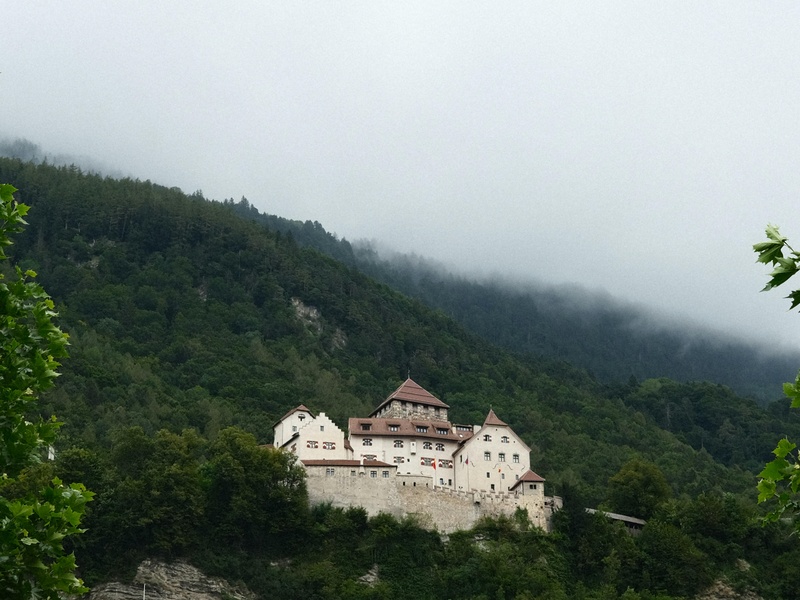
Lesnovo Monastery
A 14th-century monastery east of Štip, famous for vivid frescoes by a celebrated workshop. It served as a cultural and religious center in medieval Macedonia. Include for its outstanding mural art.
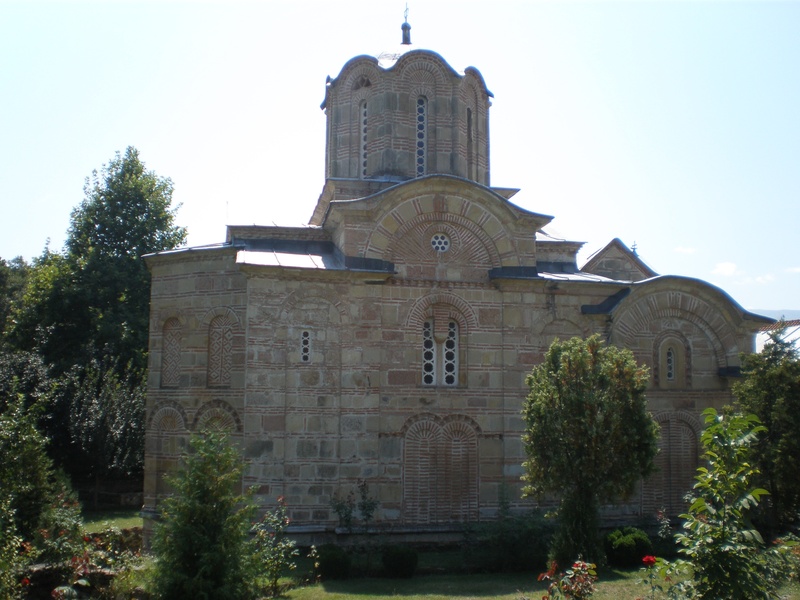
Markov Monastery
A medieval monastery near Prilep linked to King Marko and the 14th century. It combines monastic architecture with frescoes and historic associations. Include for its royal connections and medieval heritage.
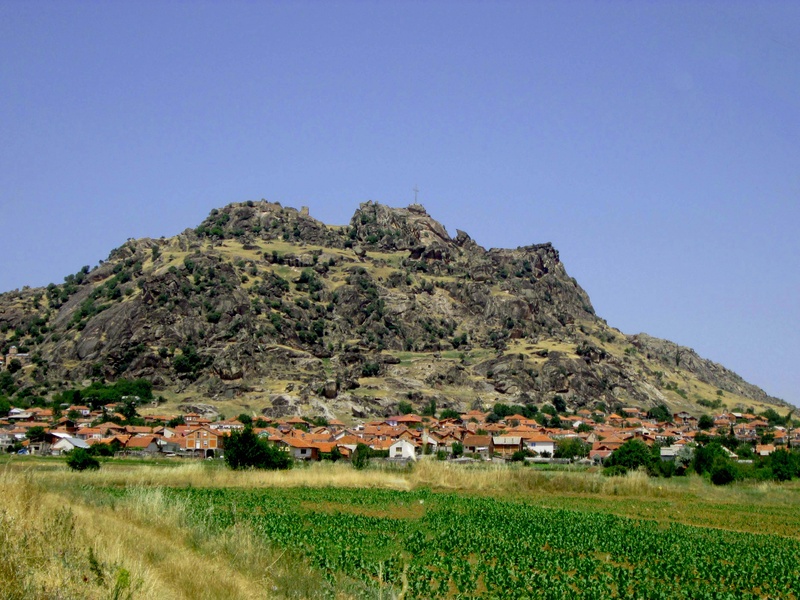
Marko’s Towers
Ruined medieval towers and fortifications near Prilep tied to local lords and King Marko. They show defensive architecture and highland strongholds. Include for their link to medieval nobility and landscape.
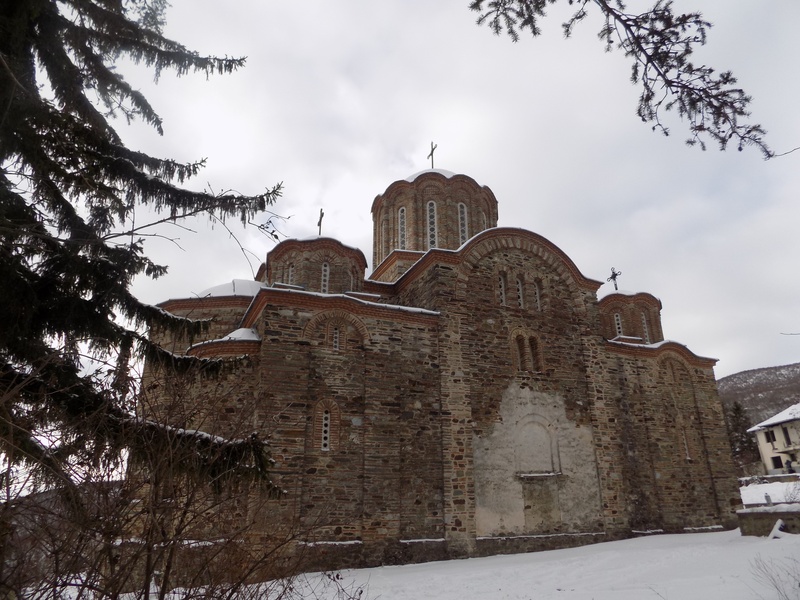
Matejče Monastery
A 14th-century monastery near Kumanovo with well-preserved frescoes. It reflects the late Byzantine painting tradition in Macedonia. Include for its artistic and religious importance.
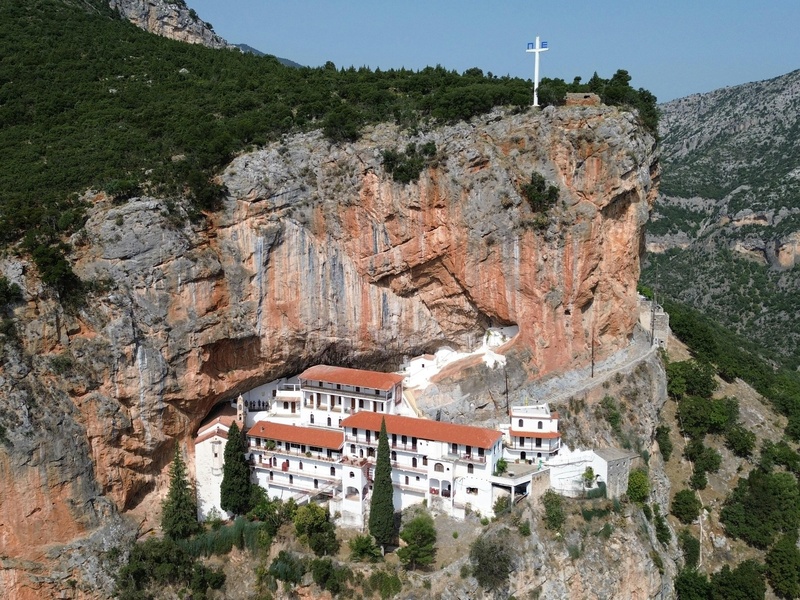
Matka Monastery (St. Andrew)
A small medieval monastery in the Matka canyon founded in the 14th century. It sits in a dramatic river canyon and includes medieval frescoes. Include for its scenic location and monastic history.
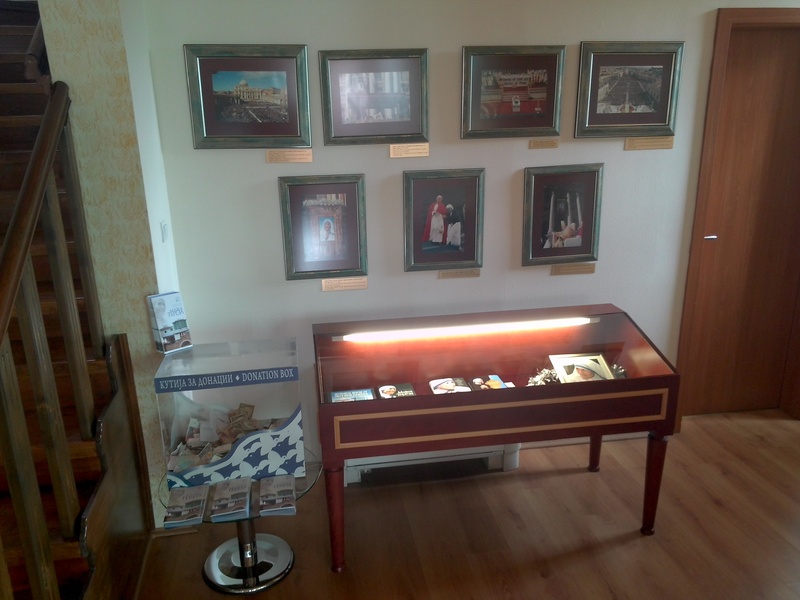
Memorial House of Mother Teresa
A museum in Skopje honoring Mother Teresa at the site of her birth. It presents personal items, photos, and history of her life and mission. Include for its modern religious and global significance.
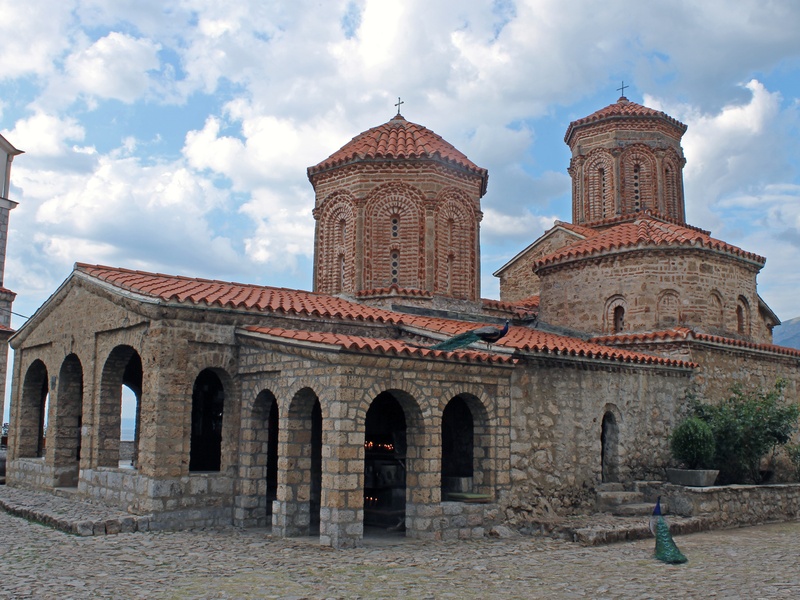
Monastery of Saint Naum
An 9th–10th century monastery on Lake Ohrid founded by Saint Naum. It has frescoed churches and springs revered in local tradition. Include for its long-lived spiritual and cultural role.
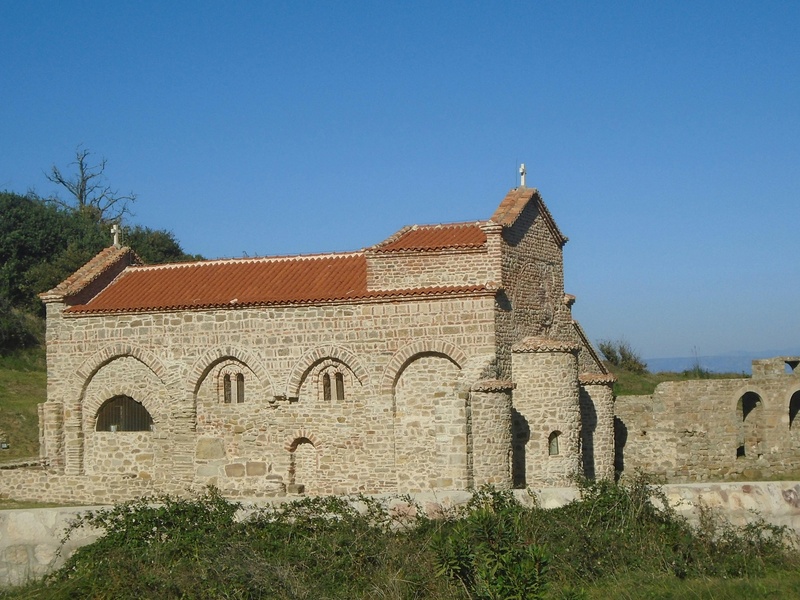
Monastery of St. George, Staro Nagoričane
A 14th-century church and monastery north of Kumanovo with striking frescoes. It showcases Serbian-Byzantine art from the reign of Stefan Dušan. Include for its exceptional medieval painting program.
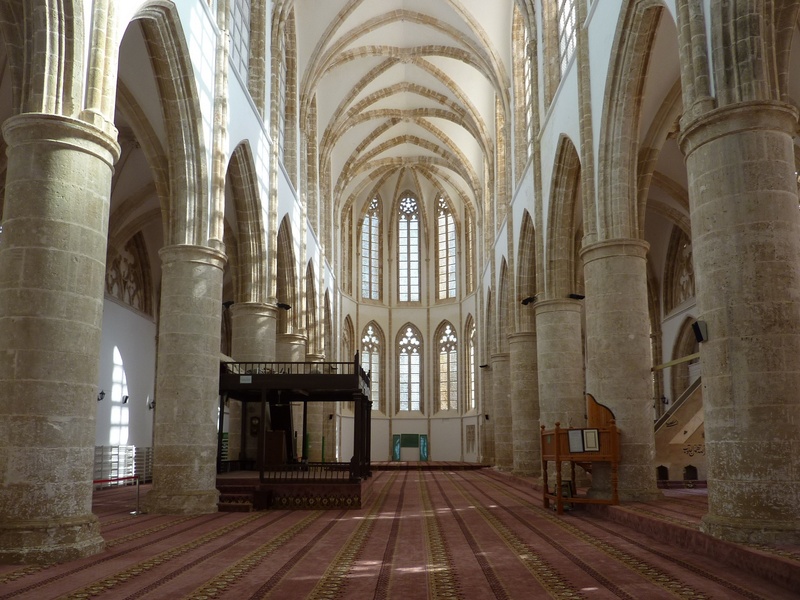
Mustafa Pasha Mosque
An early 15th-century mosque in Skopje built by Mustafa Pasha with a notable domed prayer hall. It forms part of the Old Bazaar’s historic mosque cluster. Include for its architectural detail and Ottoman patronage.
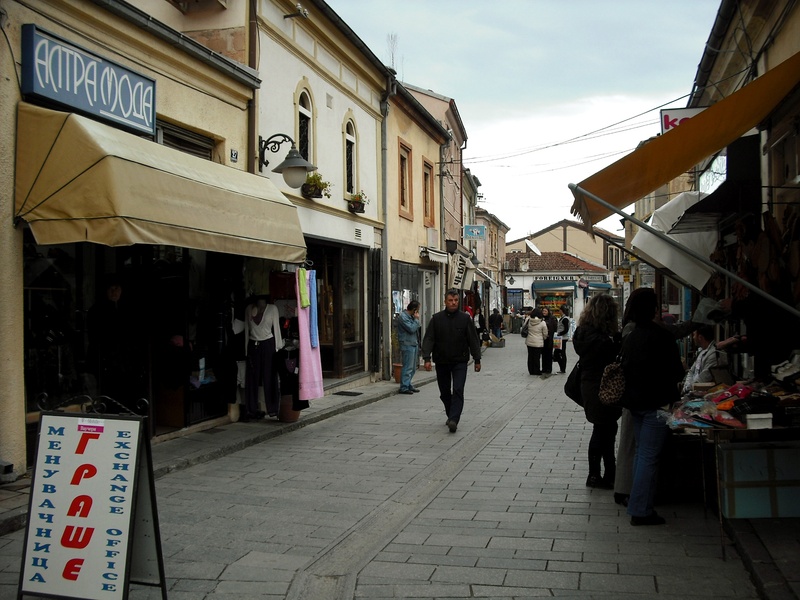
Old Bazaar, Bitola
Bitola’s traditional market quarter with Ottoman rows, shops, and caravanserais. It preserves commercial urban fabric and regional craft traditions. Include for its living historic market atmosphere.
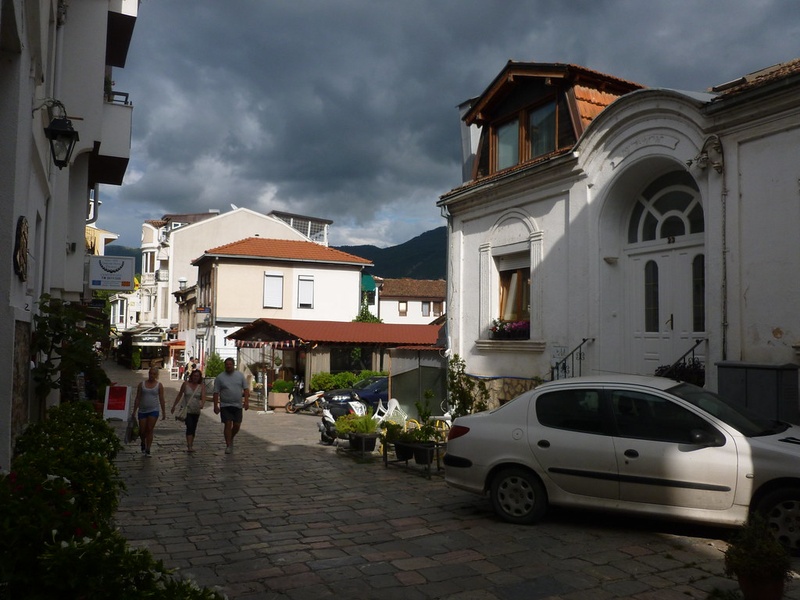
Old Town of Ohrid
A historic urban area around Lake Ohrid with churches, houses, and narrow streets dating from medieval to Ottoman times. It forms part of the Ohrid UNESCO site and shows layered heritage. Include for its exceptional cultural landscape.
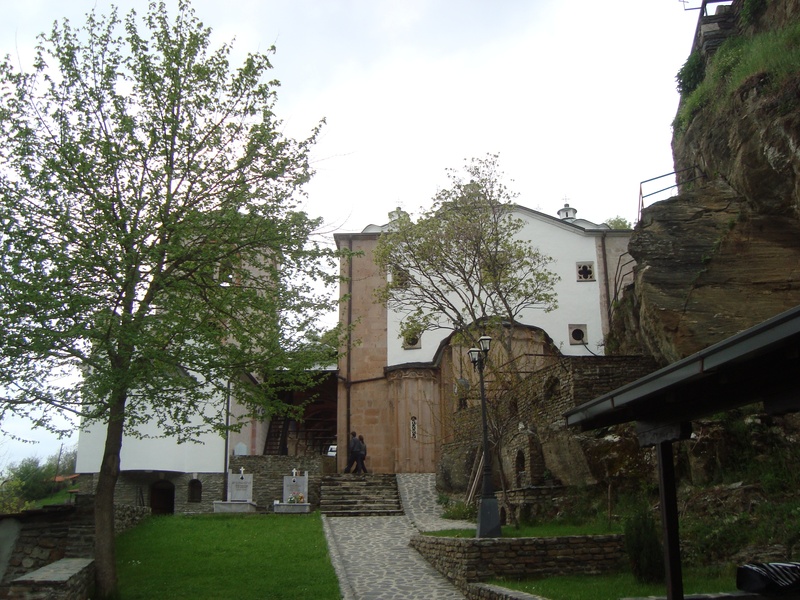
Osogovo Monastery
A 12th-century monastery near Kriva Palanka in the Osogovo mountains. It holds frescoes and a strong regional monastic tradition. Include for its remote setting and religious continuity.
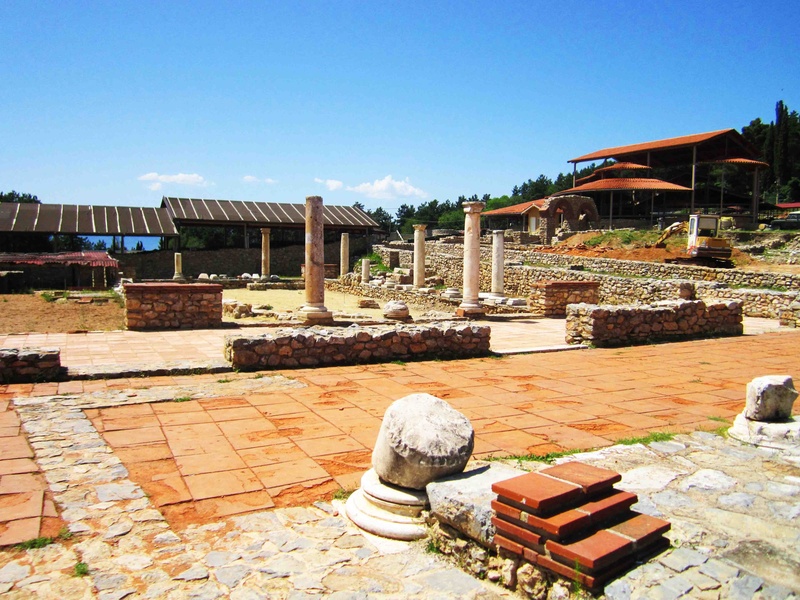
Plaošnik
A key archaeological and sacred area in Ohrid with remains of an early Christian basilica and later churches. It contains important medieval artifacts and is part of Ohrid’s religious center. Include for its archaeological and spiritual layers.
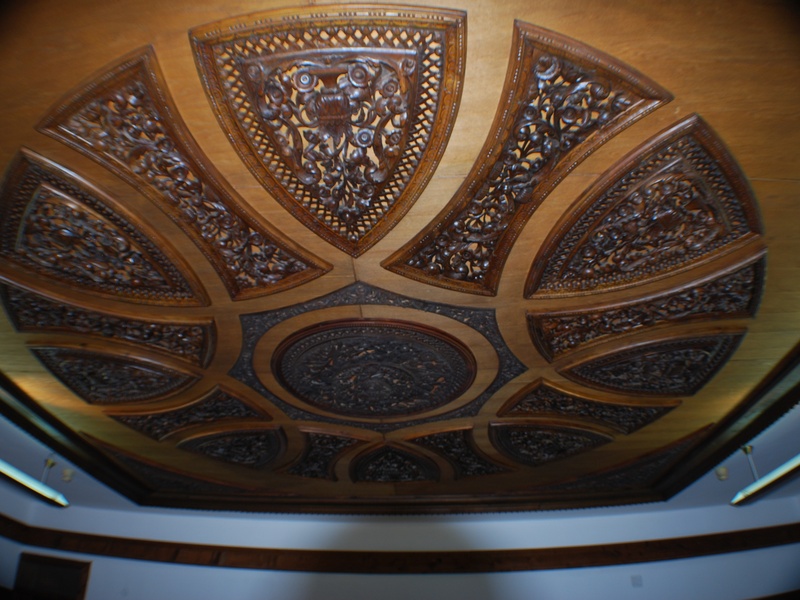
Robevci House
A restored 19th-century merchant’s house in Ohrid with period interiors. It represents urban domestic life in the Ottoman period and now houses a museum. Include for its example of civic architecture and preservation.
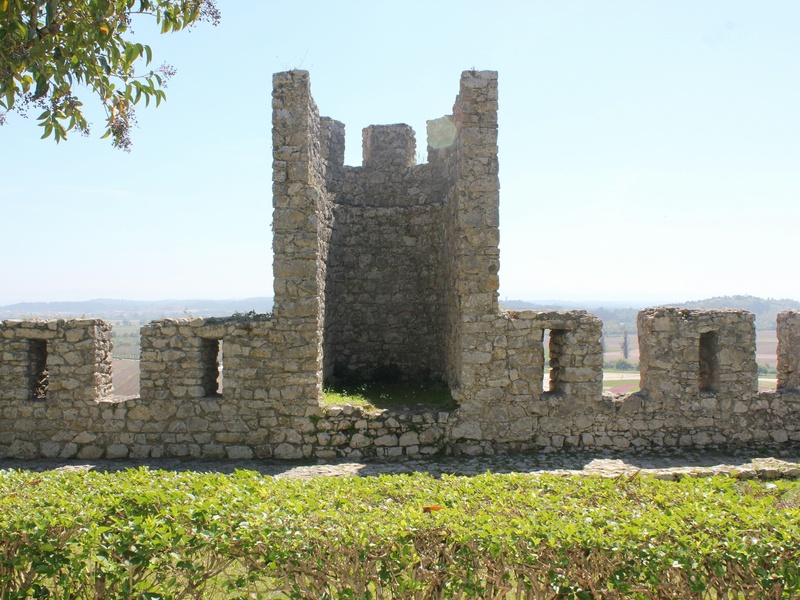
Samuel’s Fortress
A large medieval fortress overlooking Ohrid linked to Tsar Samuel in the 10th–11th centuries. It commands views over the city and lake and contains walls, towers, and a chapel. Include for its role in medieval statehood and defense.
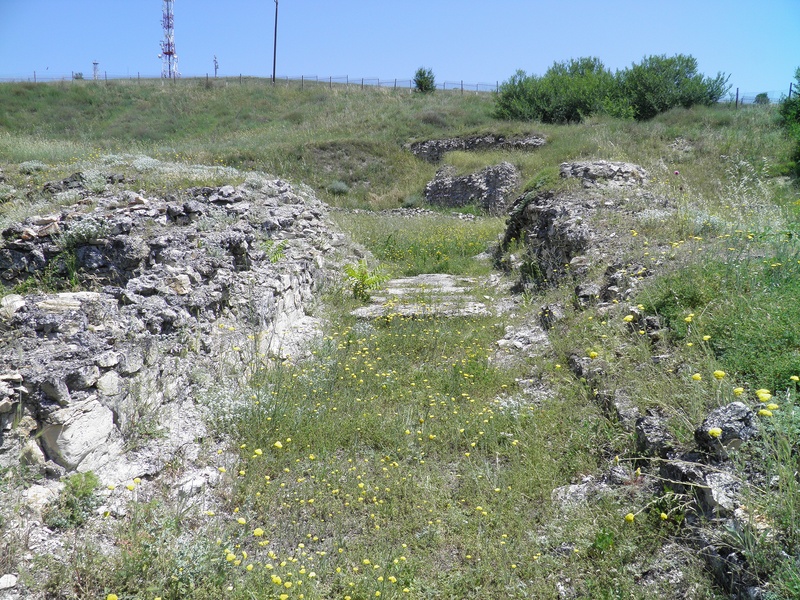
Scupi
The Roman and early Byzantine settlement beneath modern Skopje with baths, streets, and inscriptions. It shows the ancient foundations of the capital and long-term urban continuity. Include for its archaeological relevance to Skopje’s history.
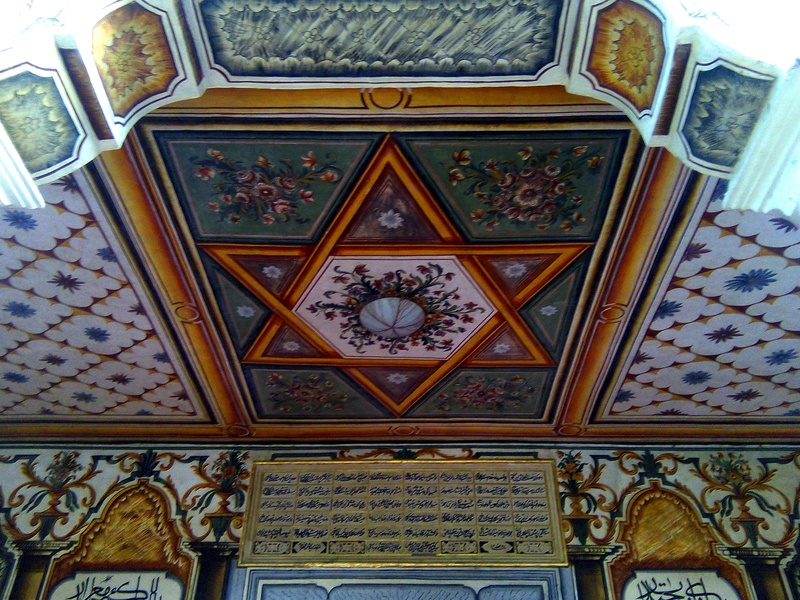
Šarena Džamija (Painted Mosque)
A 16th-century mosque in Tetovo famous for its colorful exterior and floral motifs. It blends Ottoman religious architecture with local decorative traditions. Include for its visual distinctiveness and cultural mix.
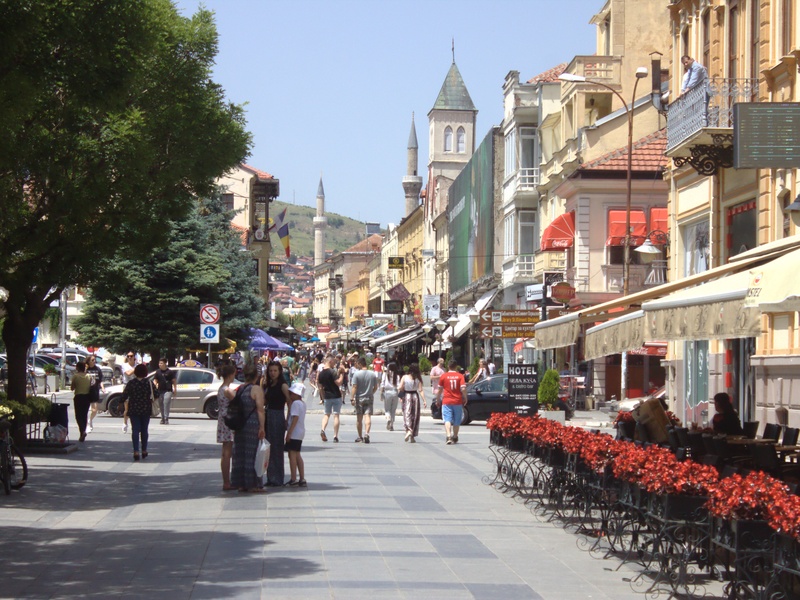
Širok Sokak
Bitola’s wide pedestrian street lined with historic 19th-century buildings, cafes, and shops. It represents the city’s modern cultural life and Austro-Ottoman urban influence. Include for its social and architectural character.
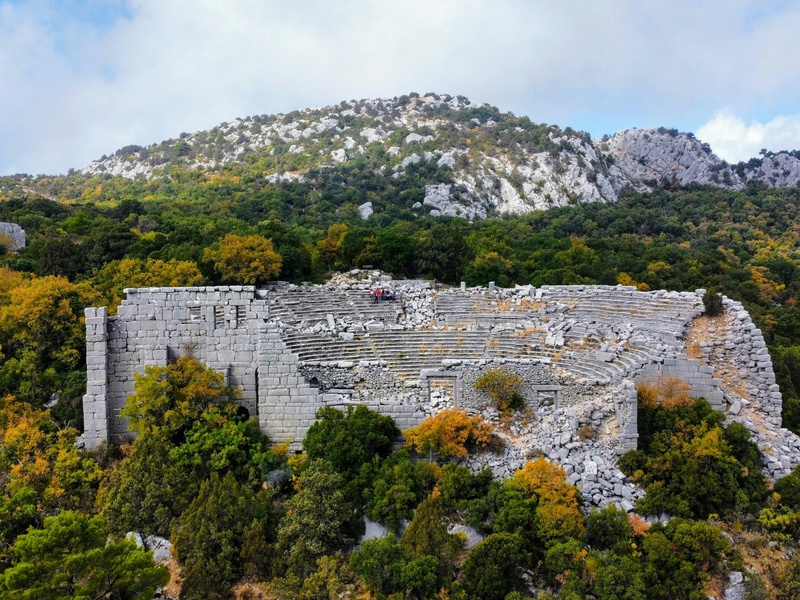
Skopje Fortress (Kale)
A hilltop fortification above Skopje with Byzantine and Ottoman layers and recent restoration. It serves as a city symbol with panoramic views of the Vardar valley. Include for its strategic and historical prominence.
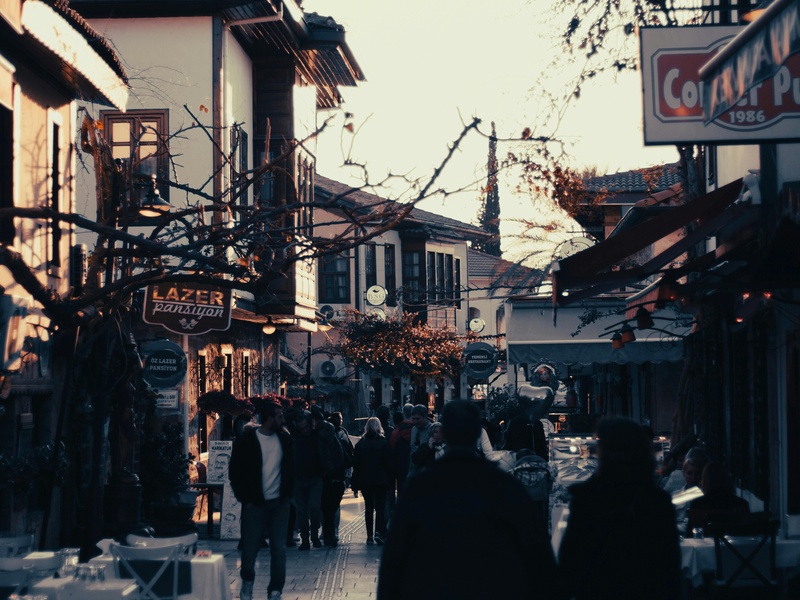
Skopje Old Bazaar
One of the largest and best-preserved Ottoman bazaars in the Balkans. It contains mosques, hamams, caravanserais, and workshops in a dense historic fabric. Include for its exceptional commercial and cultural heritage.
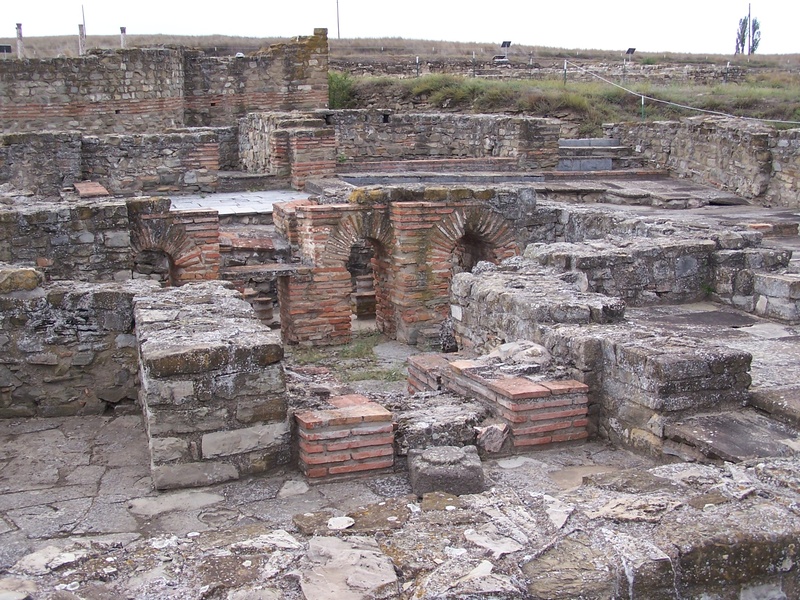
Stobi
An ancient city at the confluence of the Crna and Vardar rivers with Macedonian, Roman, and early Christian remains. It preserves mosaics, a theater, and basilicas. Include for its archaeological sequence from Hellenistic to Byzantine times.
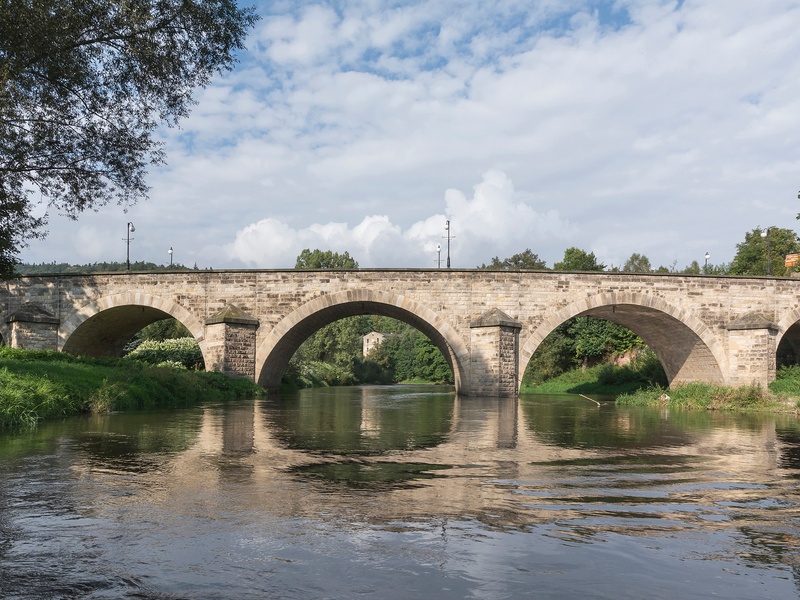
Stone Bridge
A 15th-century stone bridge in Skopje linking the old and new city across the Vardar River. It serves as a city emblem and Ottoman-era engineering landmark. Include for its civic symbolism and historic role.
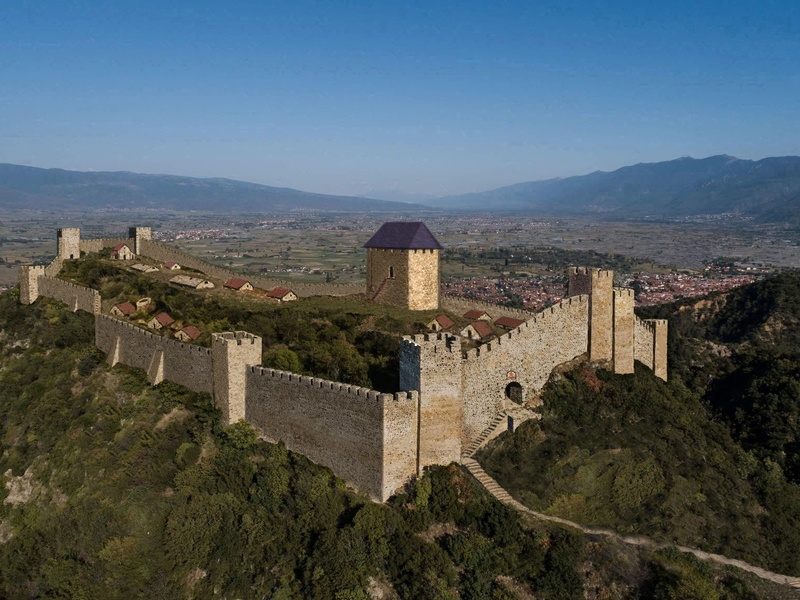
Strumica Fortress
A medieval fortress site near Strumica with visible remains of walls and towers. It illustrates local defense systems and settlement continuity. Include for its regional strategic history.
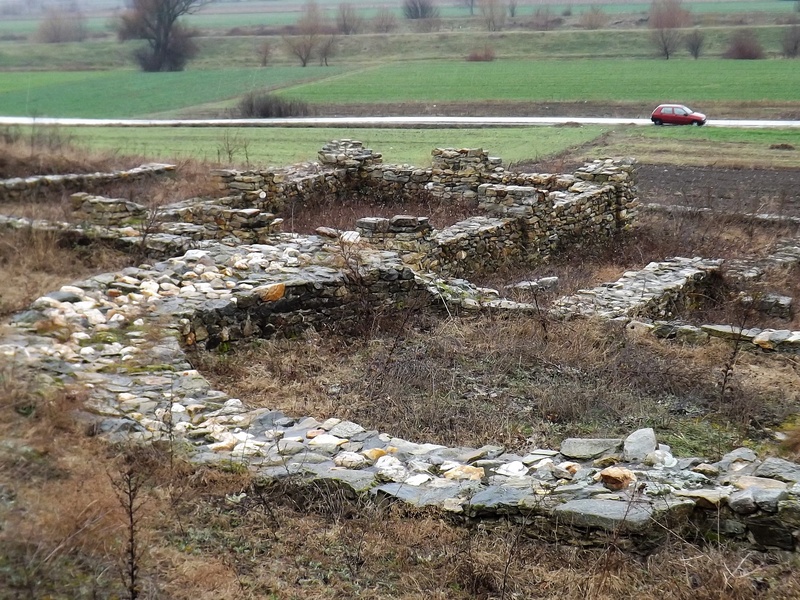
Styberra
An ancient Illyrian and Roman settlement near Prilep with theatre ruins and urban structures. It documents pre-Roman and Roman urban life in central Macedonia. Include for its archaeological contributions to regional history.
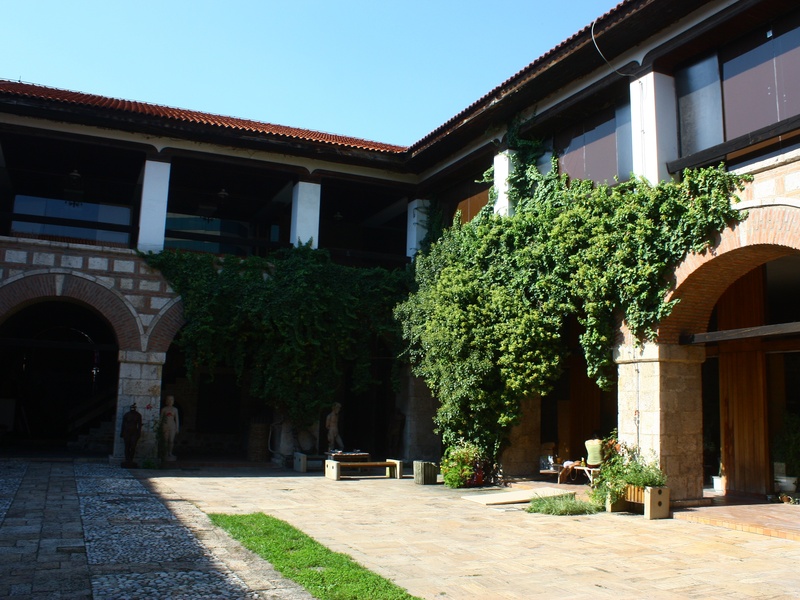
Suli An
An Ottoman caravanserai or inn historically used by traders and travelers, often found in market quarters. It illustrates the hospitality infrastructure of Ottoman trade routes. Include for its role in historic commerce.
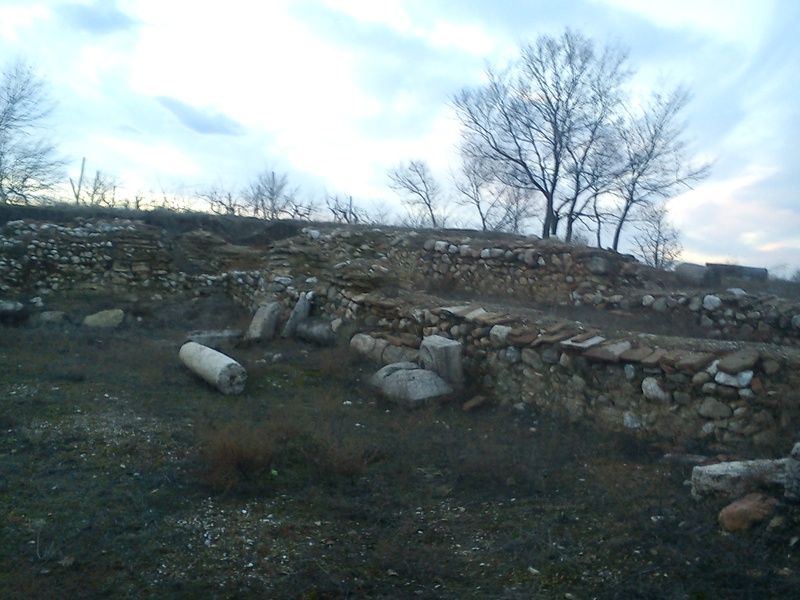
Tauresium
The birthplace site of Byzantine emperor Justinian I near Skopje with early medieval ruins. It preserves fortifications and early Christian remains. Include for its imperial association and early Byzantine archaeology.
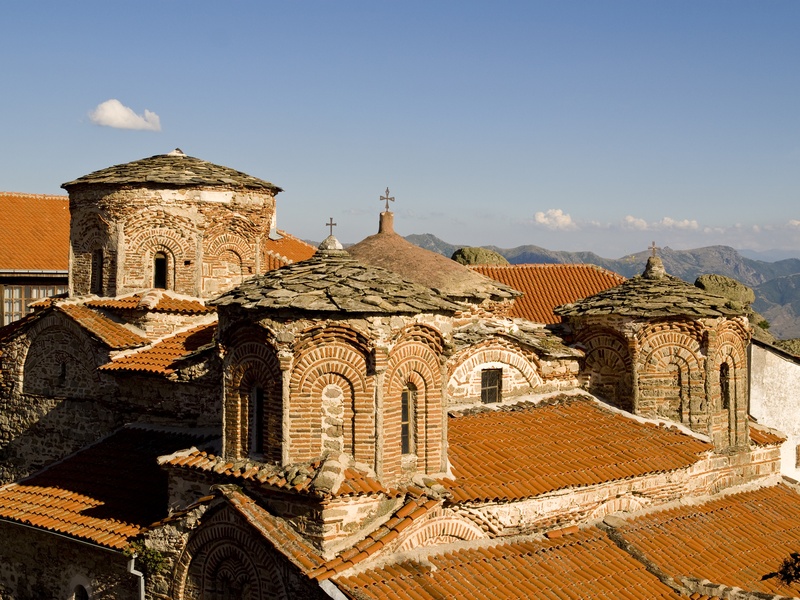
Treskavec Monastery
A cliff-top 11th–14th century monastery above Prilep with medieval frescoes and hermit tradition. It offers panoramic views and monastic ruins. Include for its dramatic setting and medieval legacy.
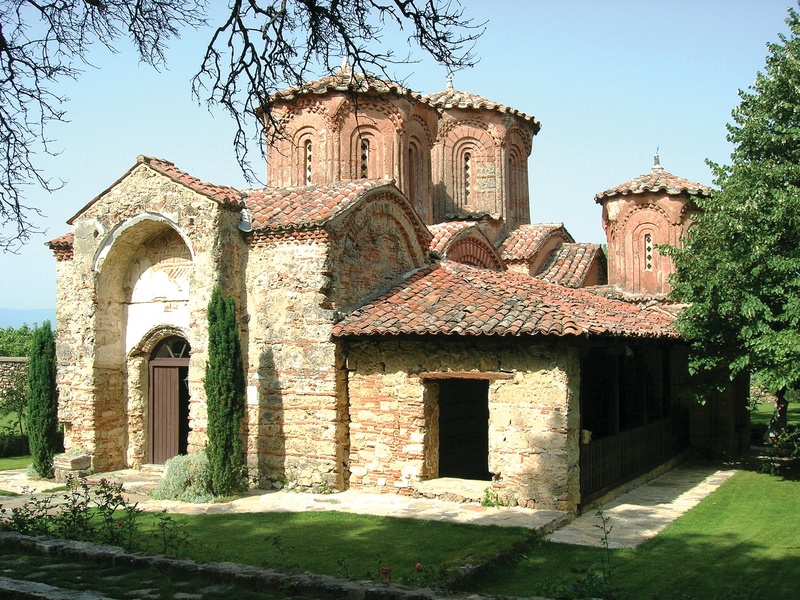
Veljusa Monastery
A 11th–12th century monastery near Strumica known for a preserved icon and frescoes. It remains a local pilgrimage site with monastic buildings. Include for its spiritual continuity and artwork.
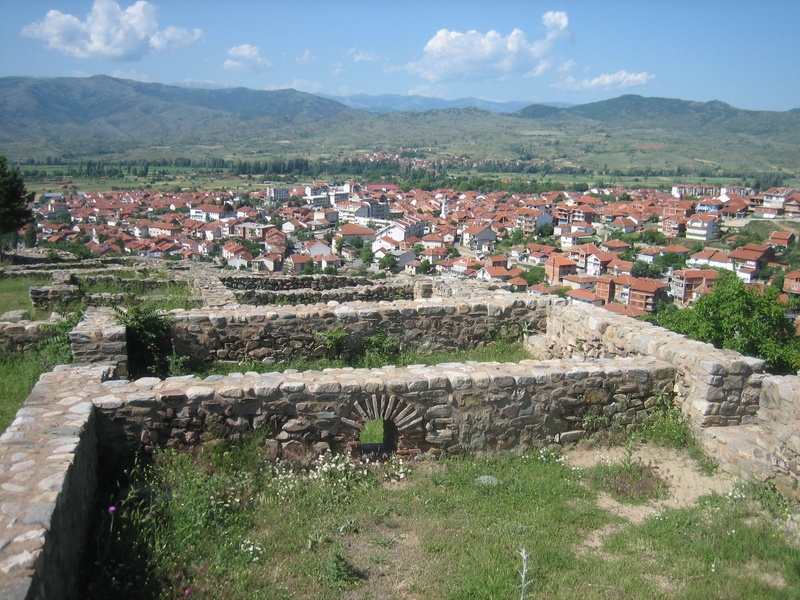
Vinica Fortress
A historic fortress near Vinica with medieval walls and watch posts. It marks local defensive networks and settlement control. Include for its historic landscape and regional importance.
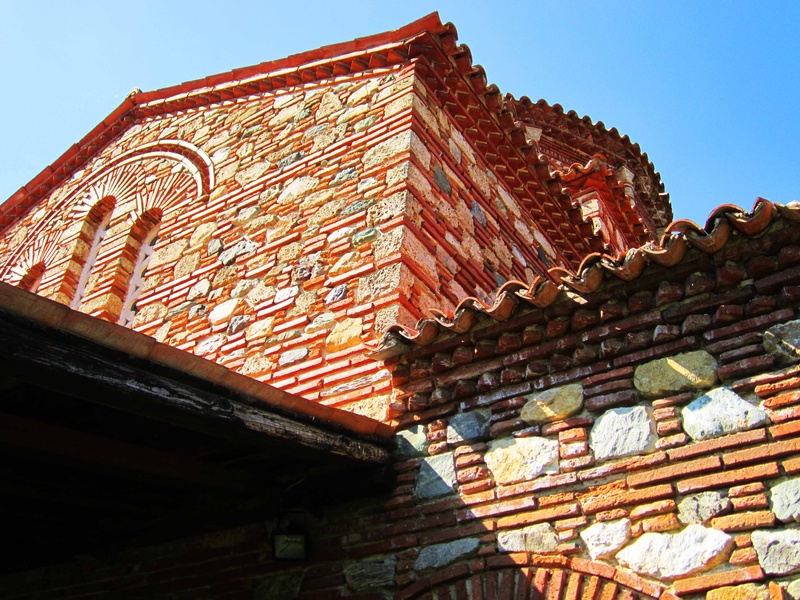
Vodoča Monastery
A monastery near Strumica with medieval origins and later restorations. It contains icons and fresco fragments and serves local religious life. Include for its monastic heritage.
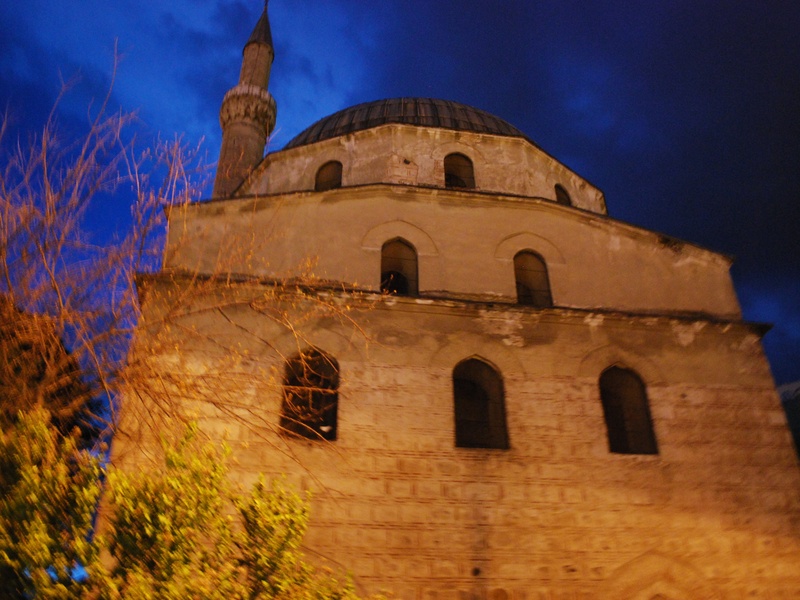
Yeni Mosque, Bitola
A 16th-century Ottoman mosque in Bitola featuring classical mosque architecture and a prominent dome. It contributes to the town’s Ottoman skyline and religious history. Include for its architectural presence.
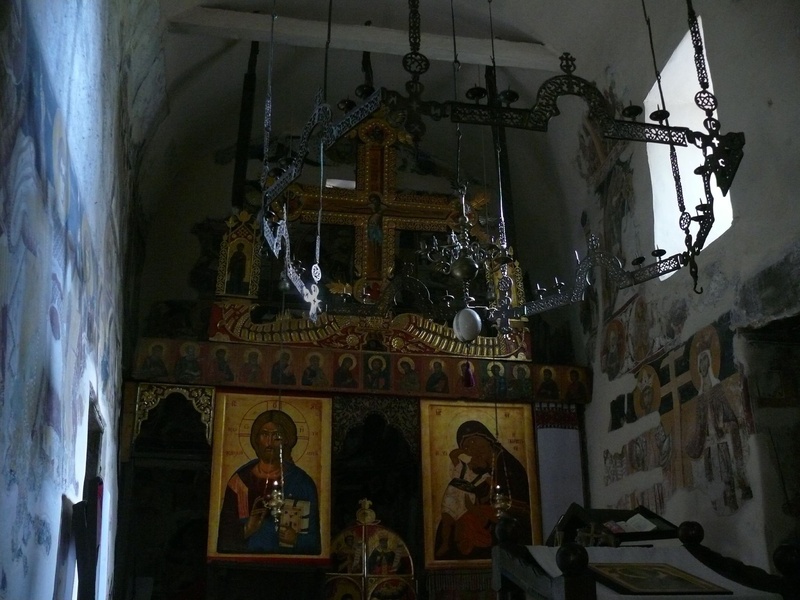
Zrze Monastery
A medieval monastery near Ohrid in a mountainous setting, known for frescoes and historic foundations. It represents monastic settlements outside urban centers. Include for its secluded atmosphere and medieval art.

